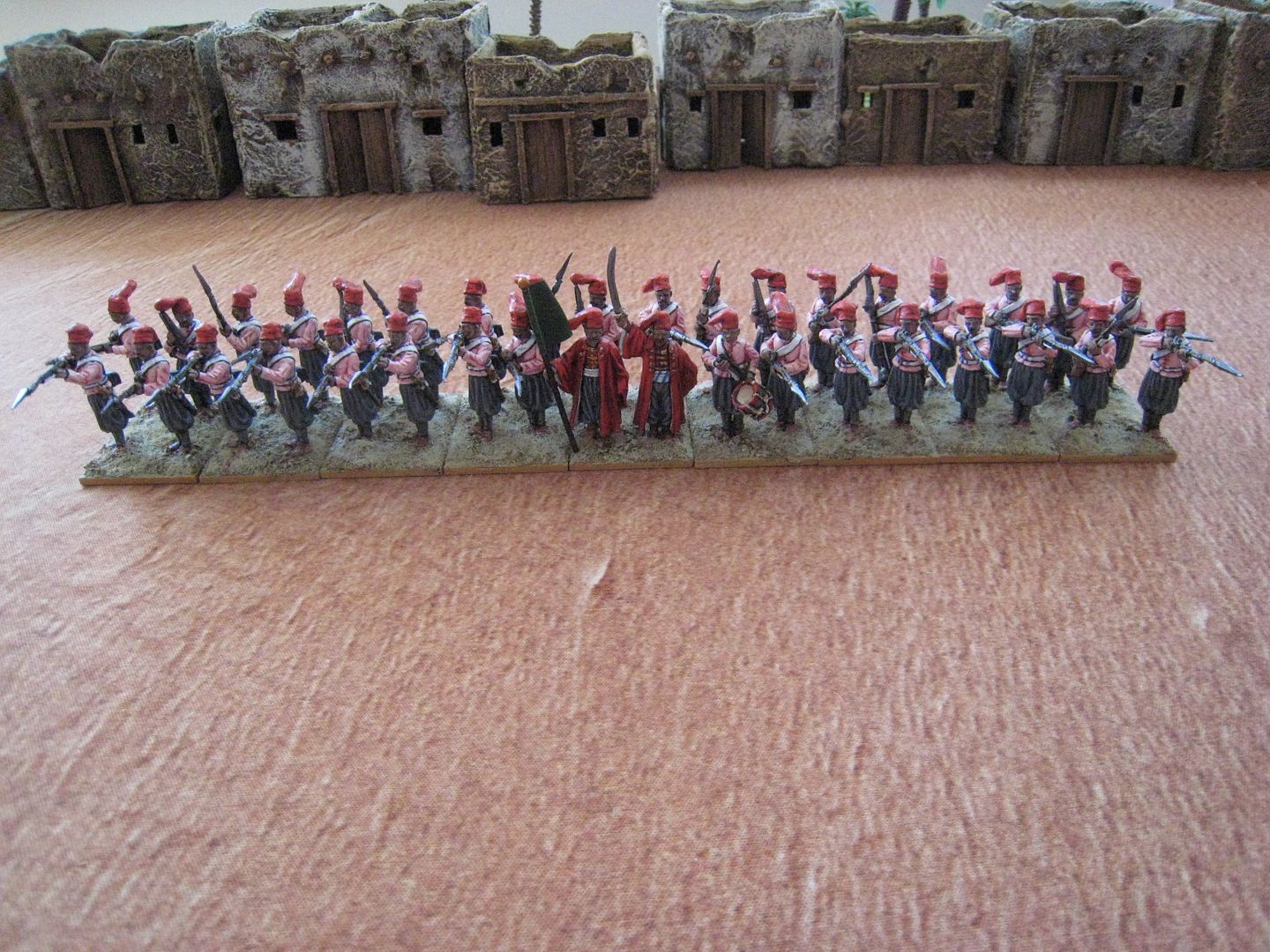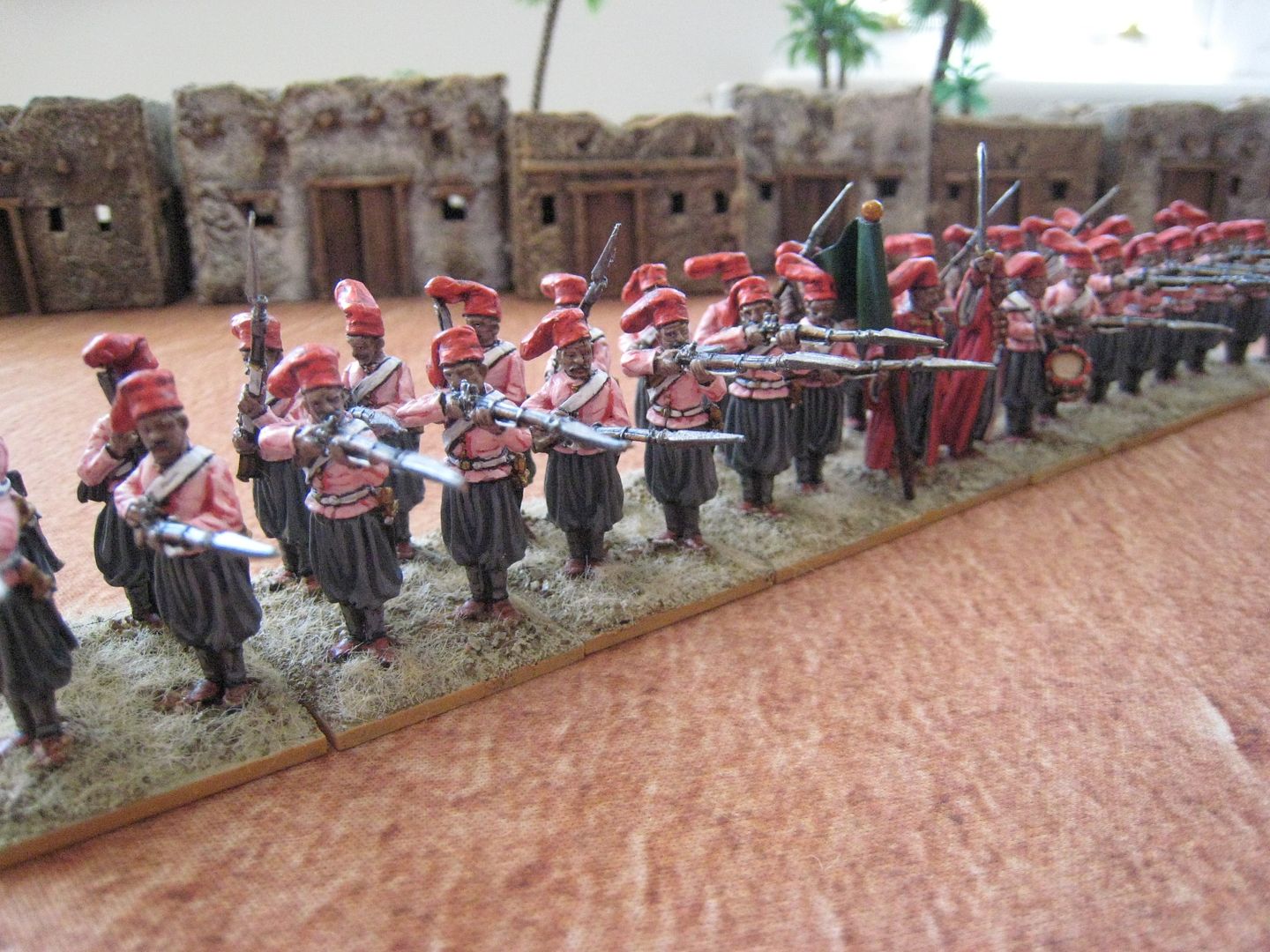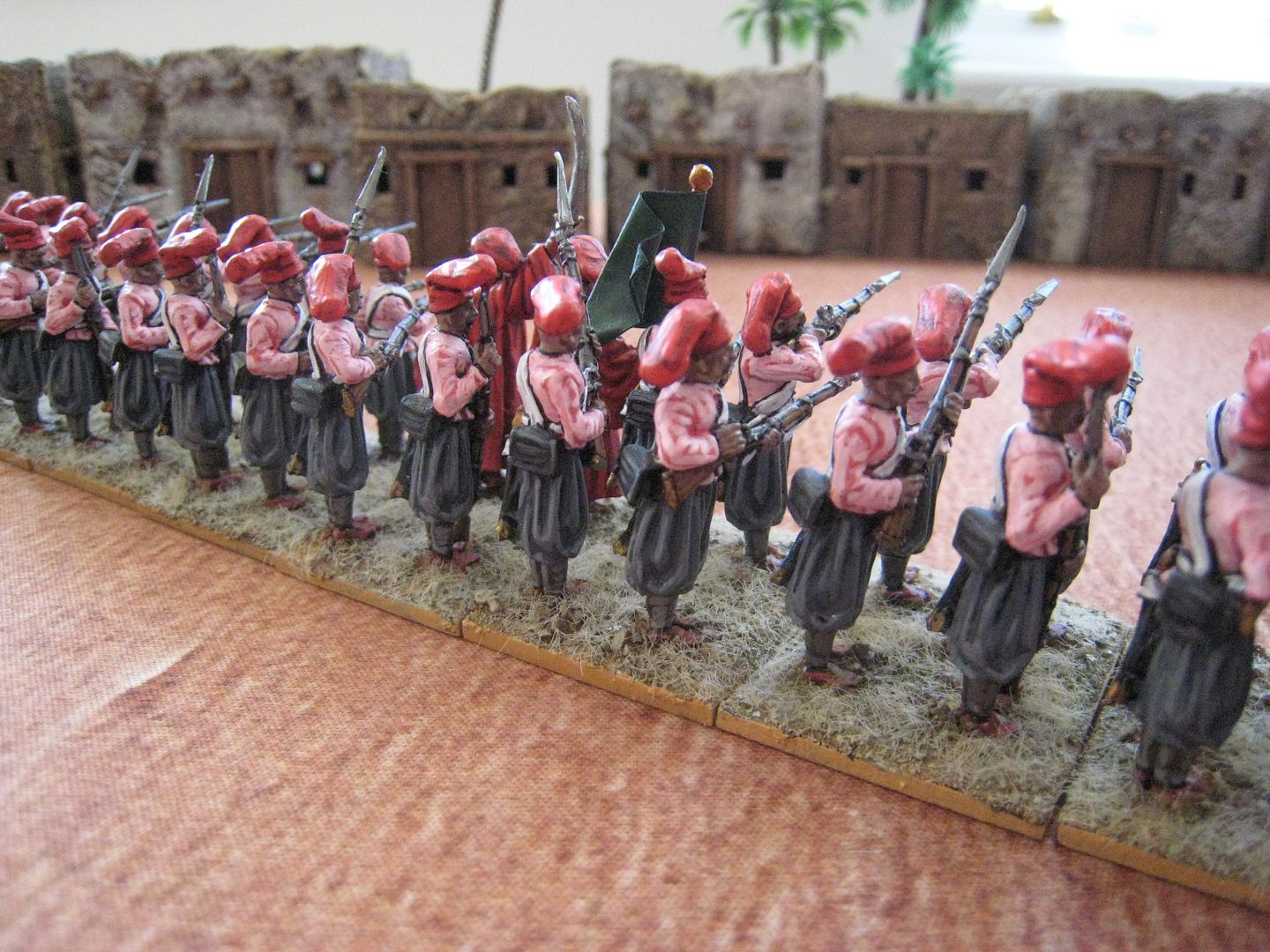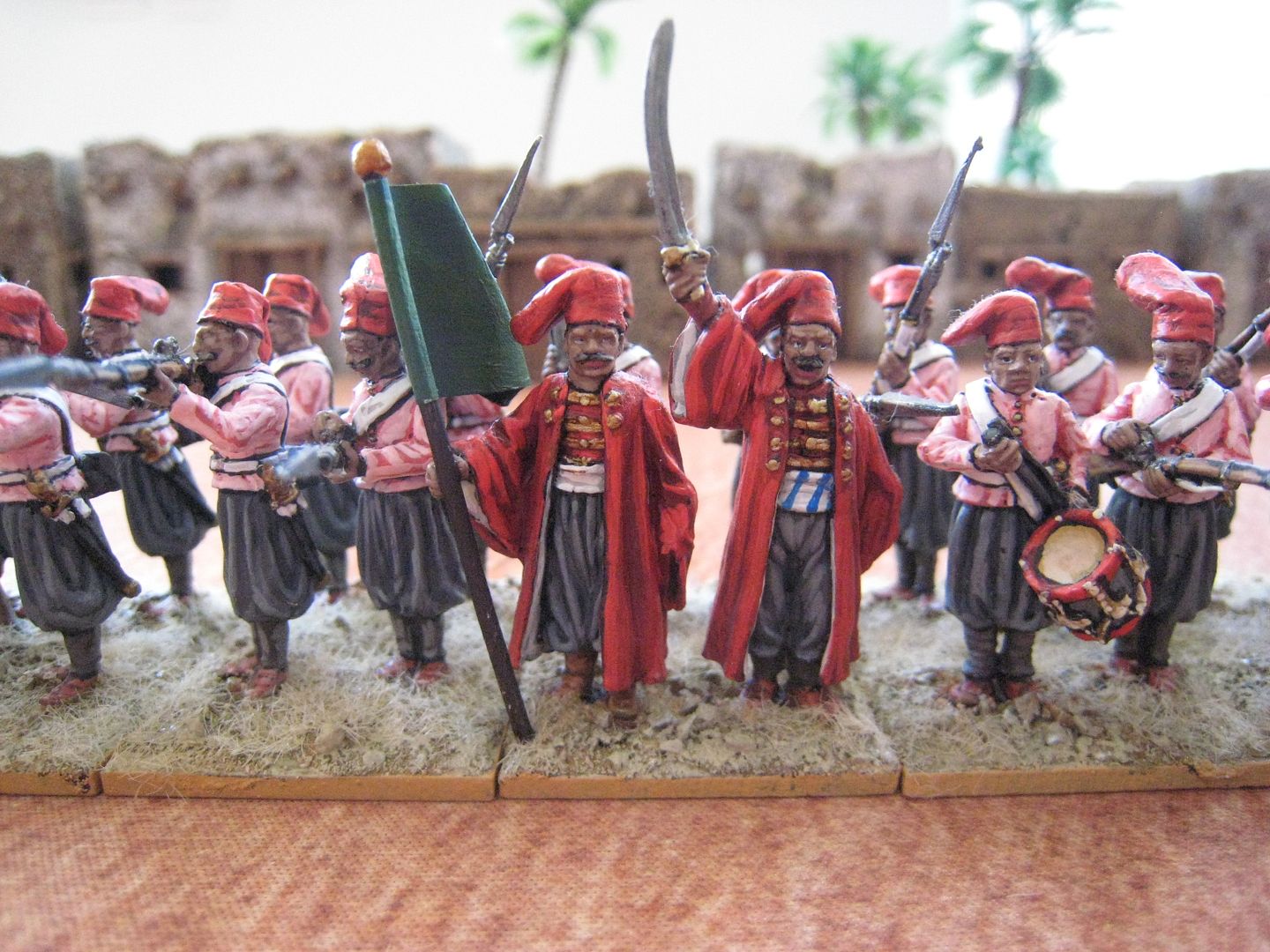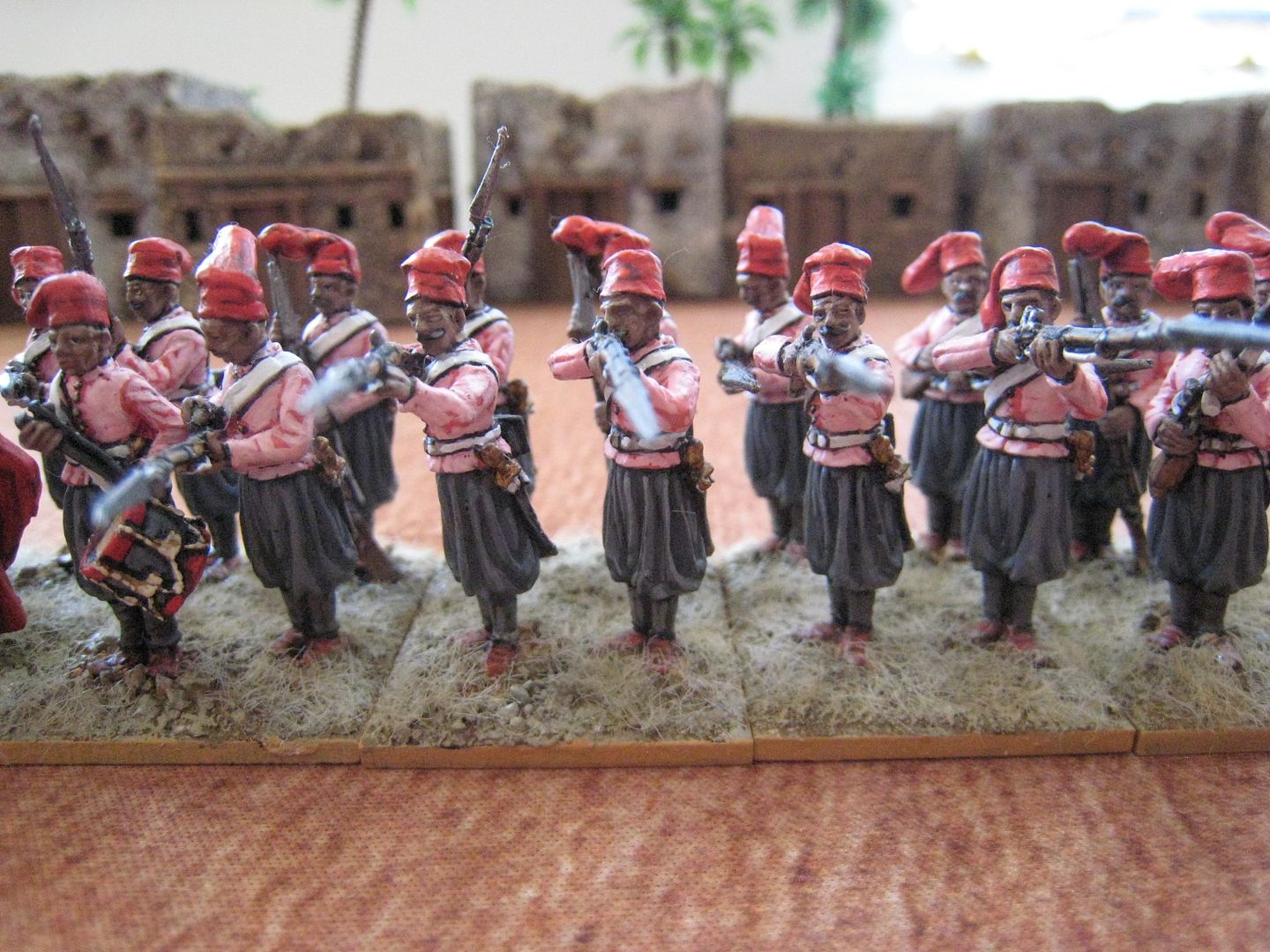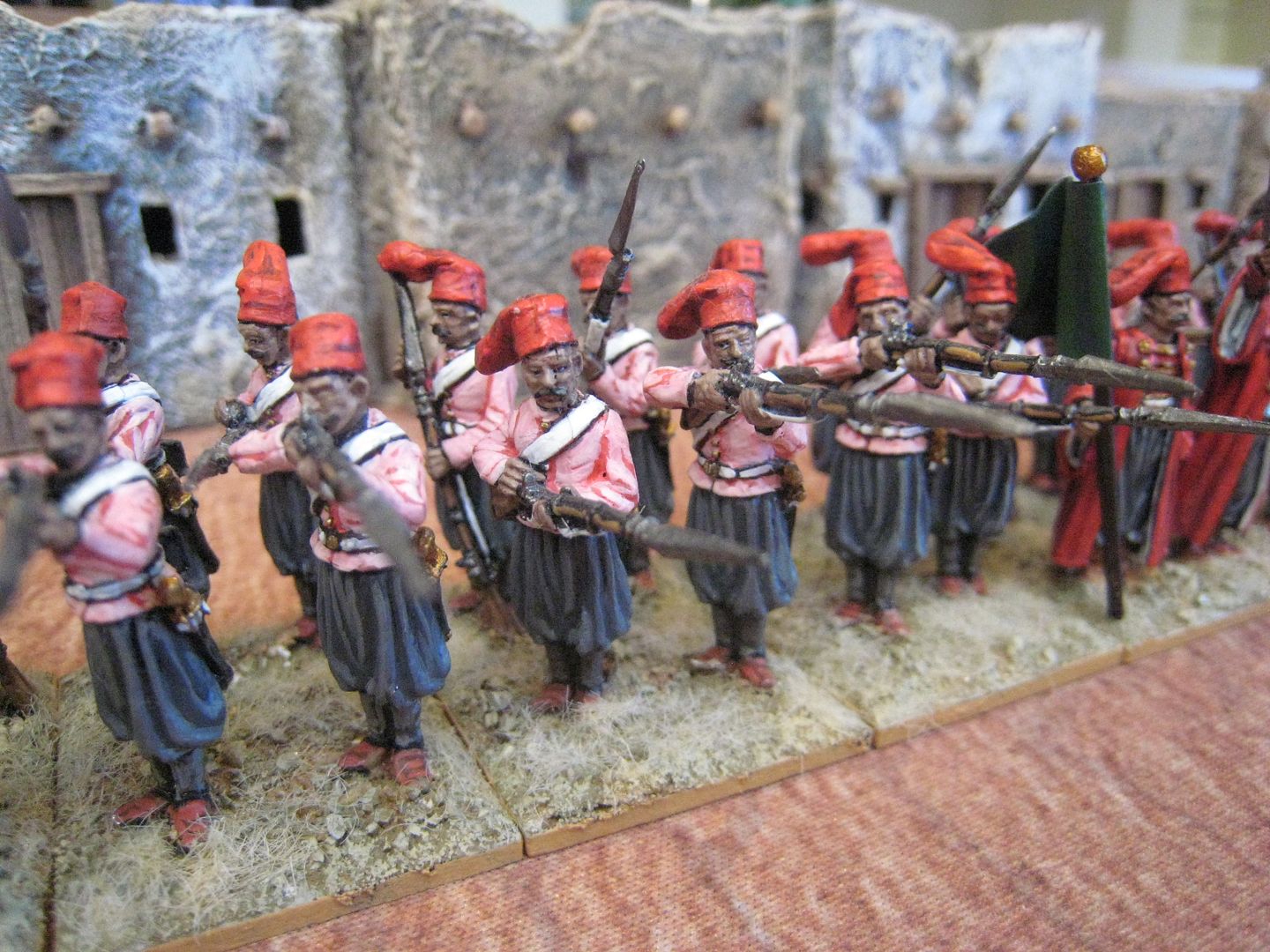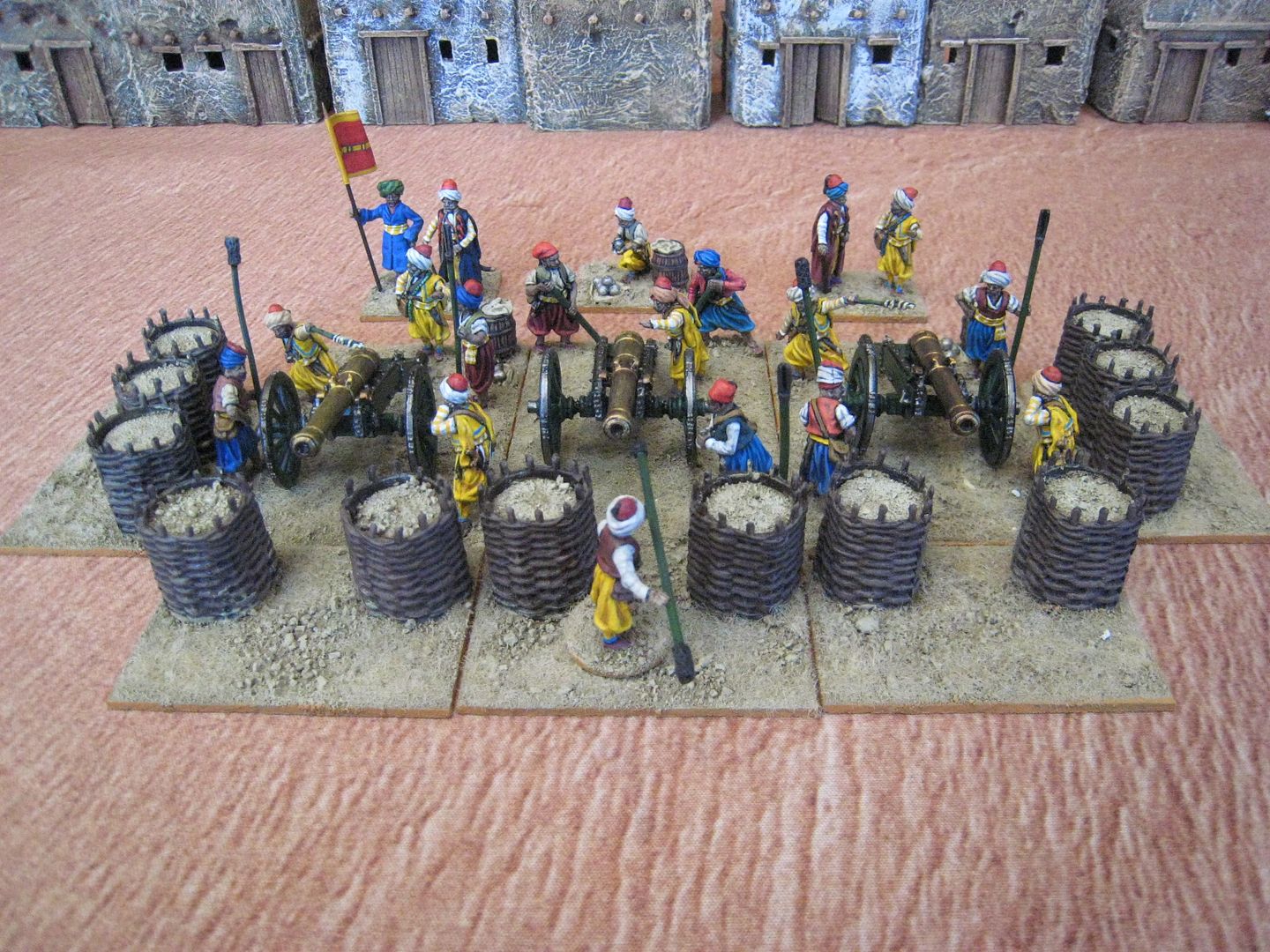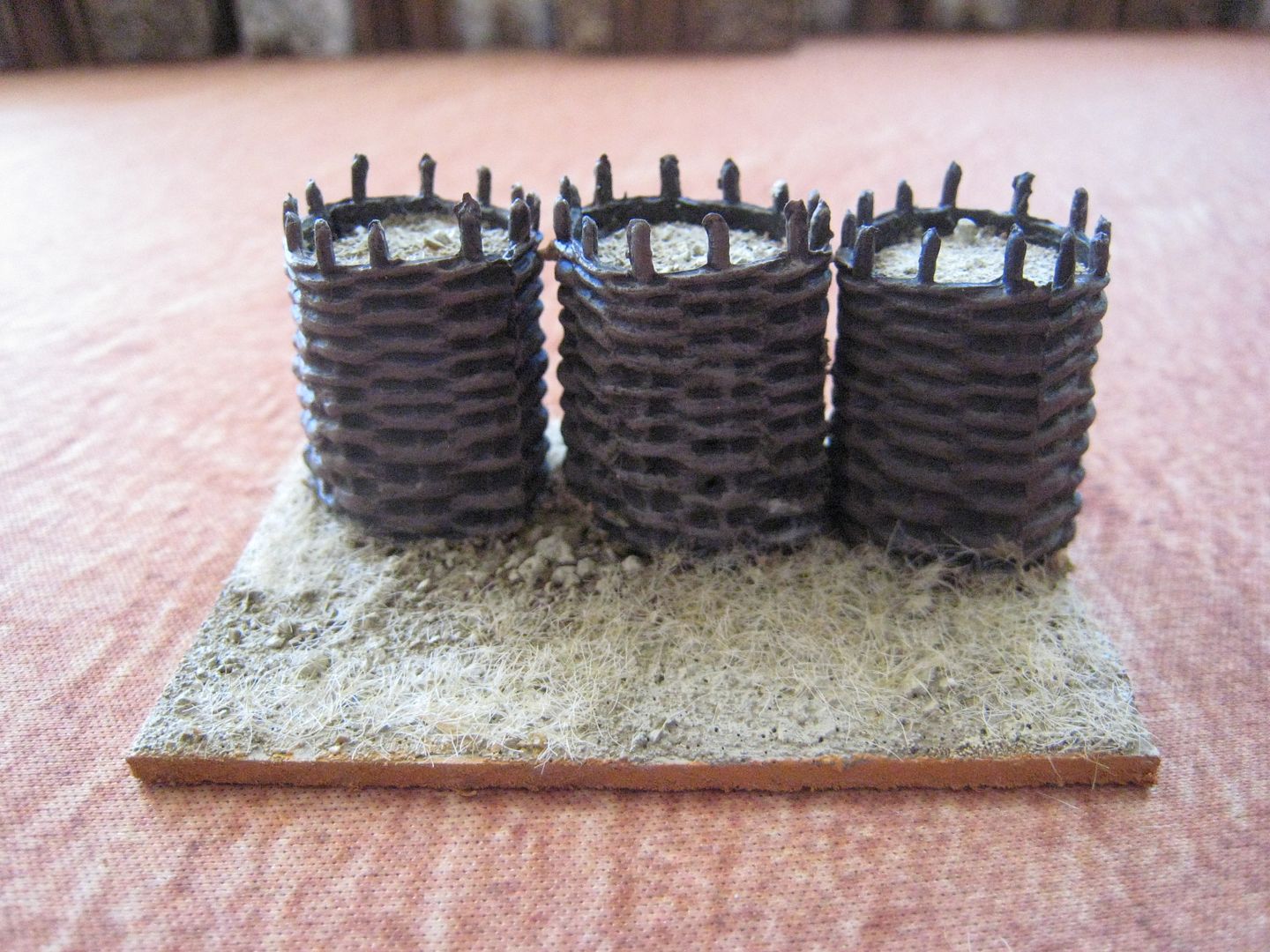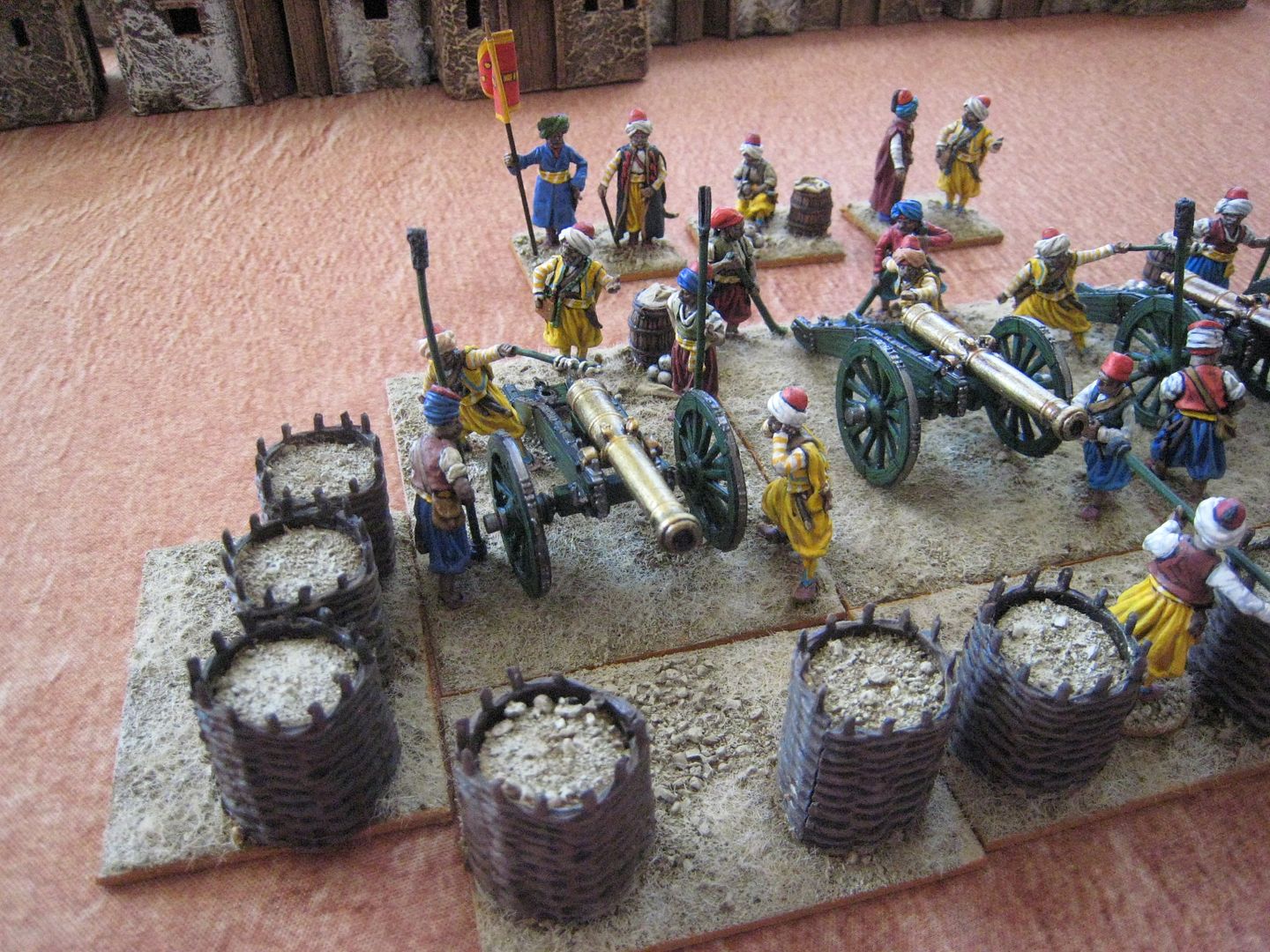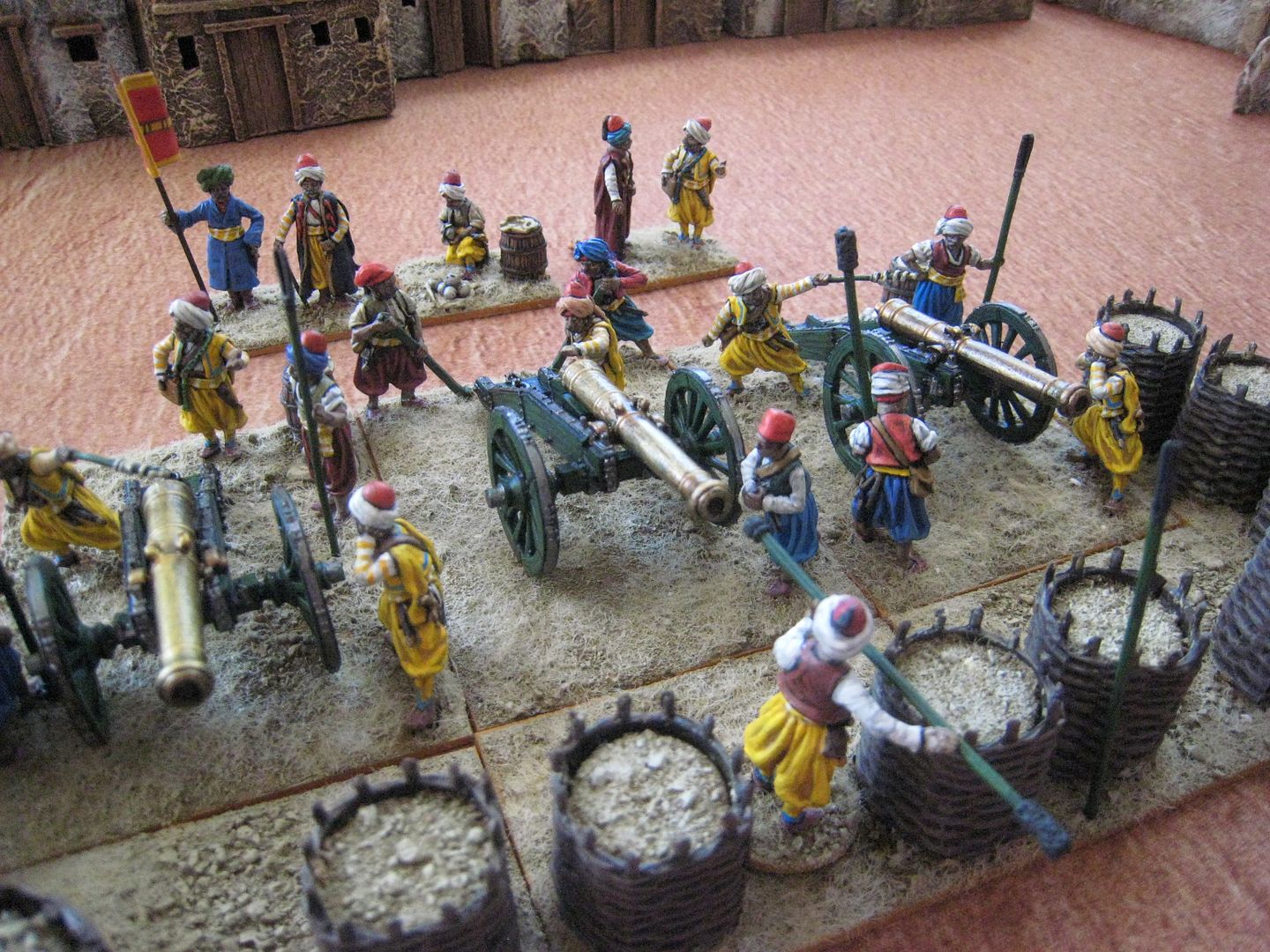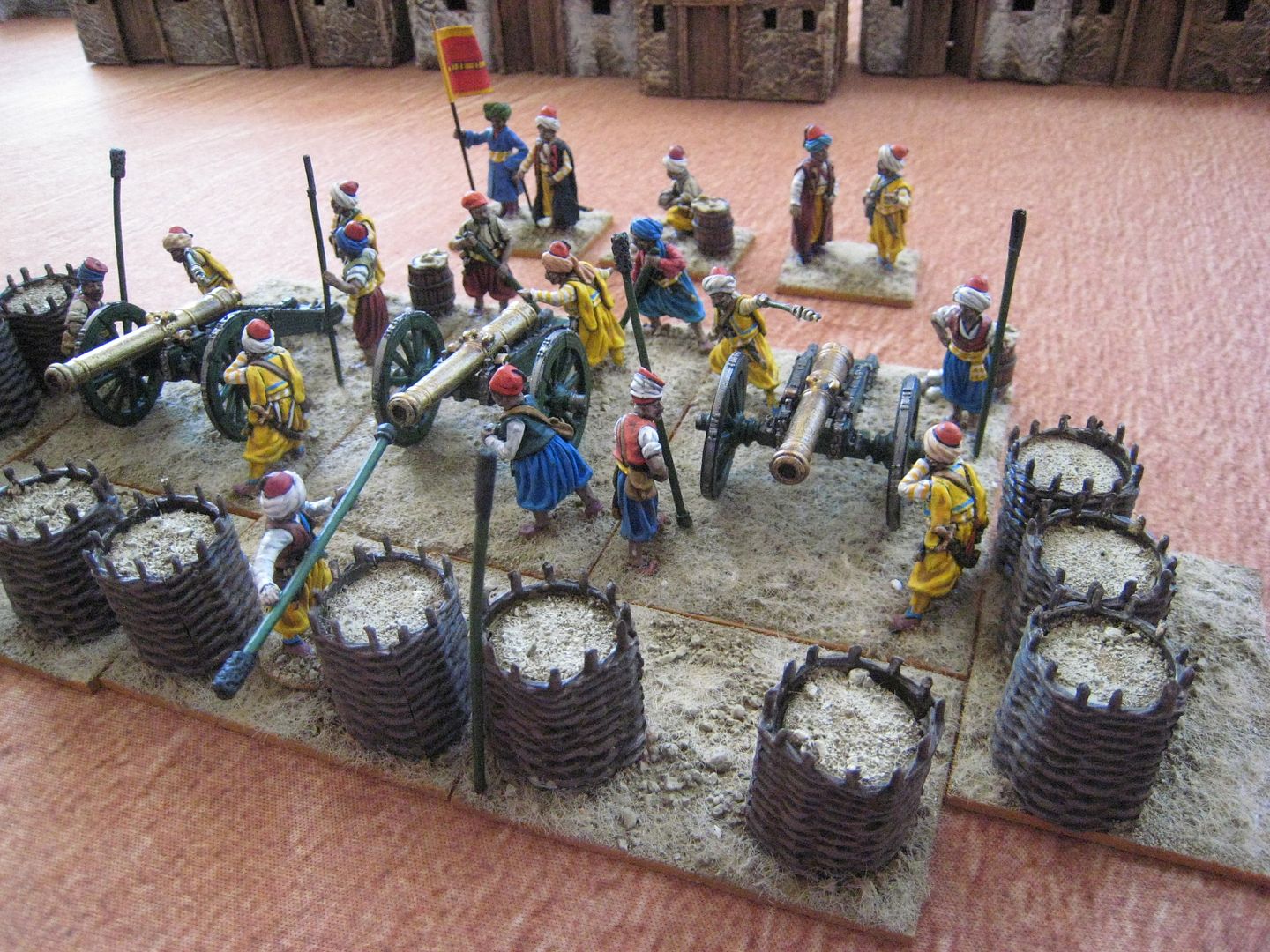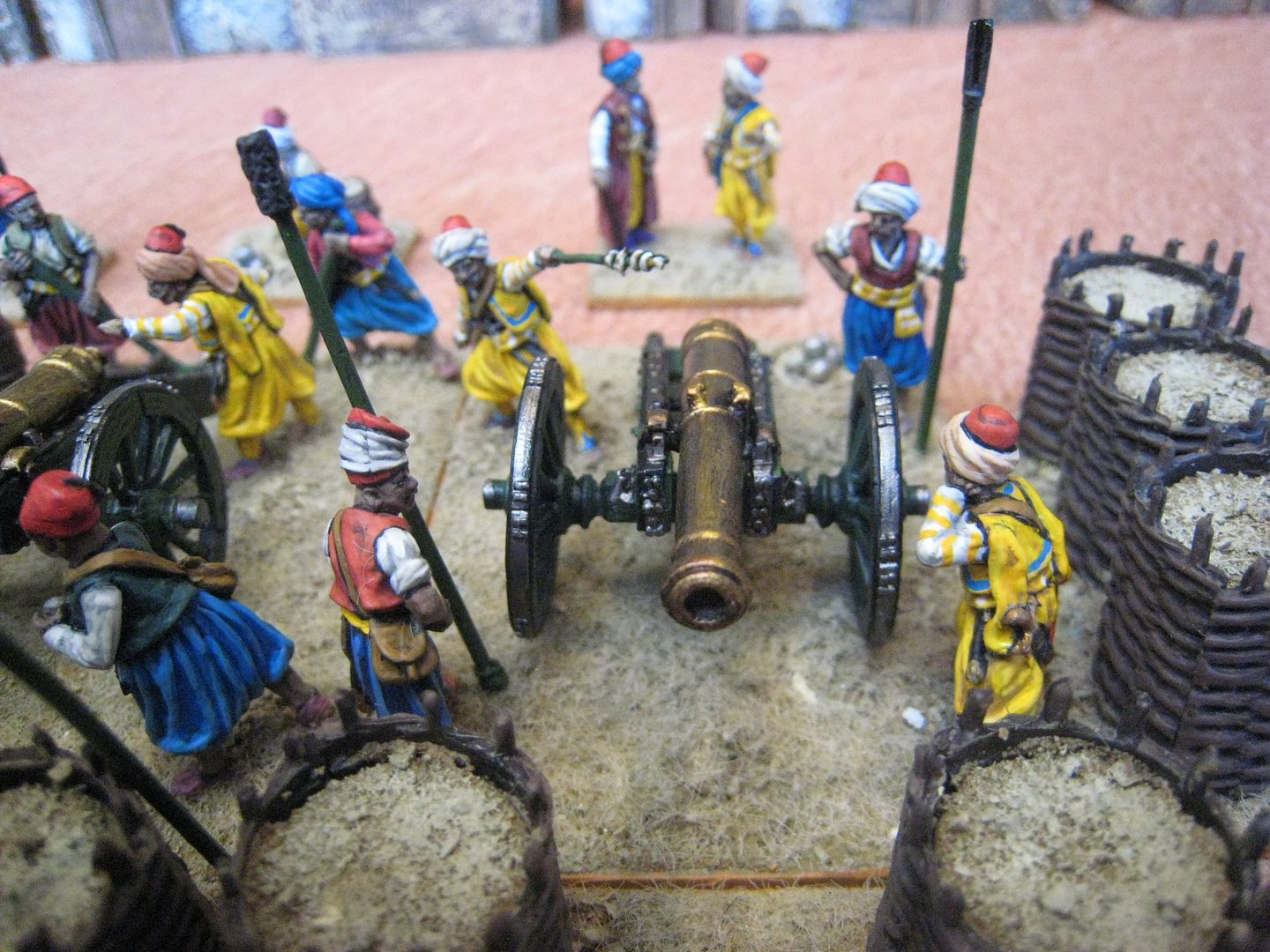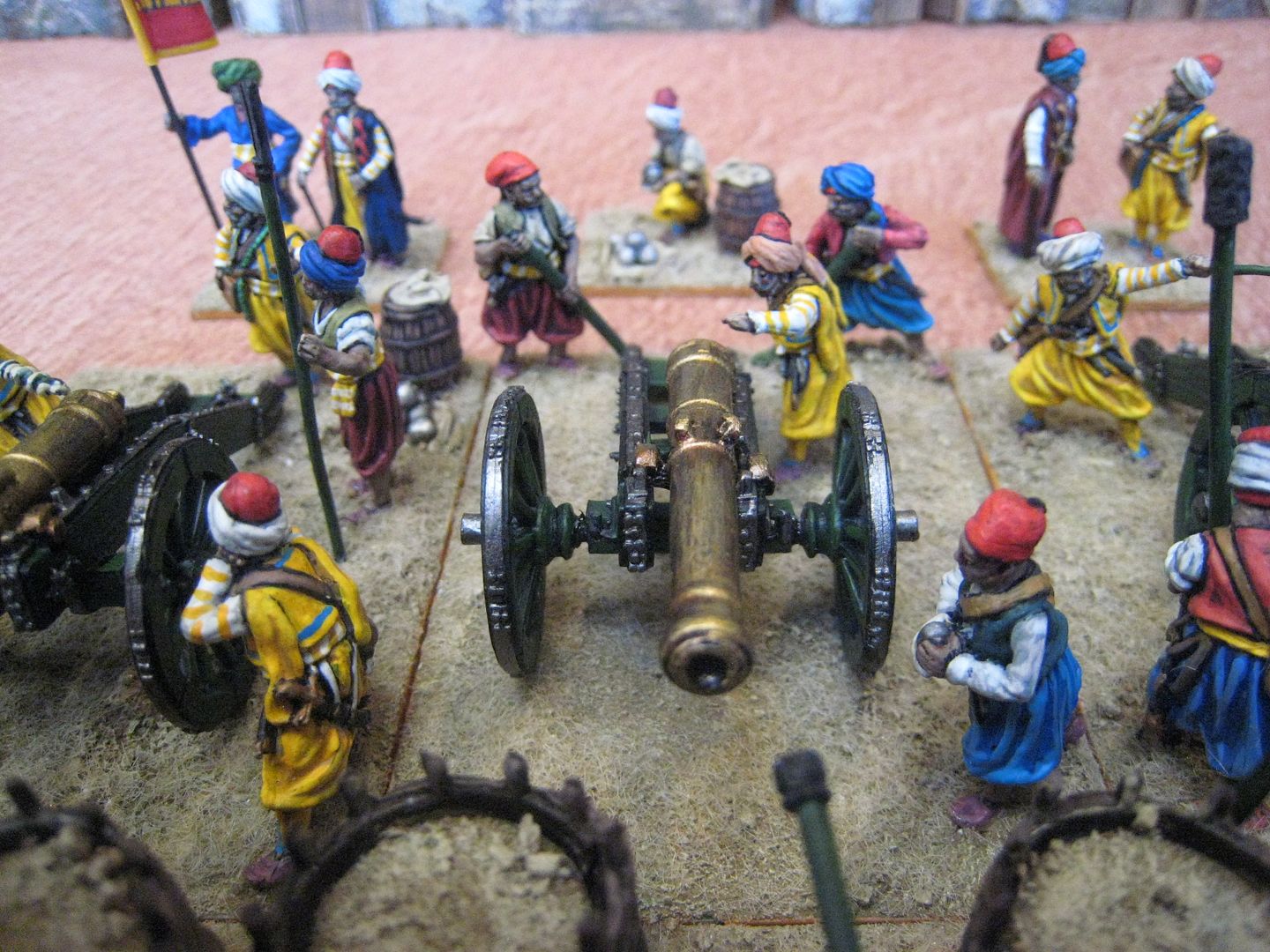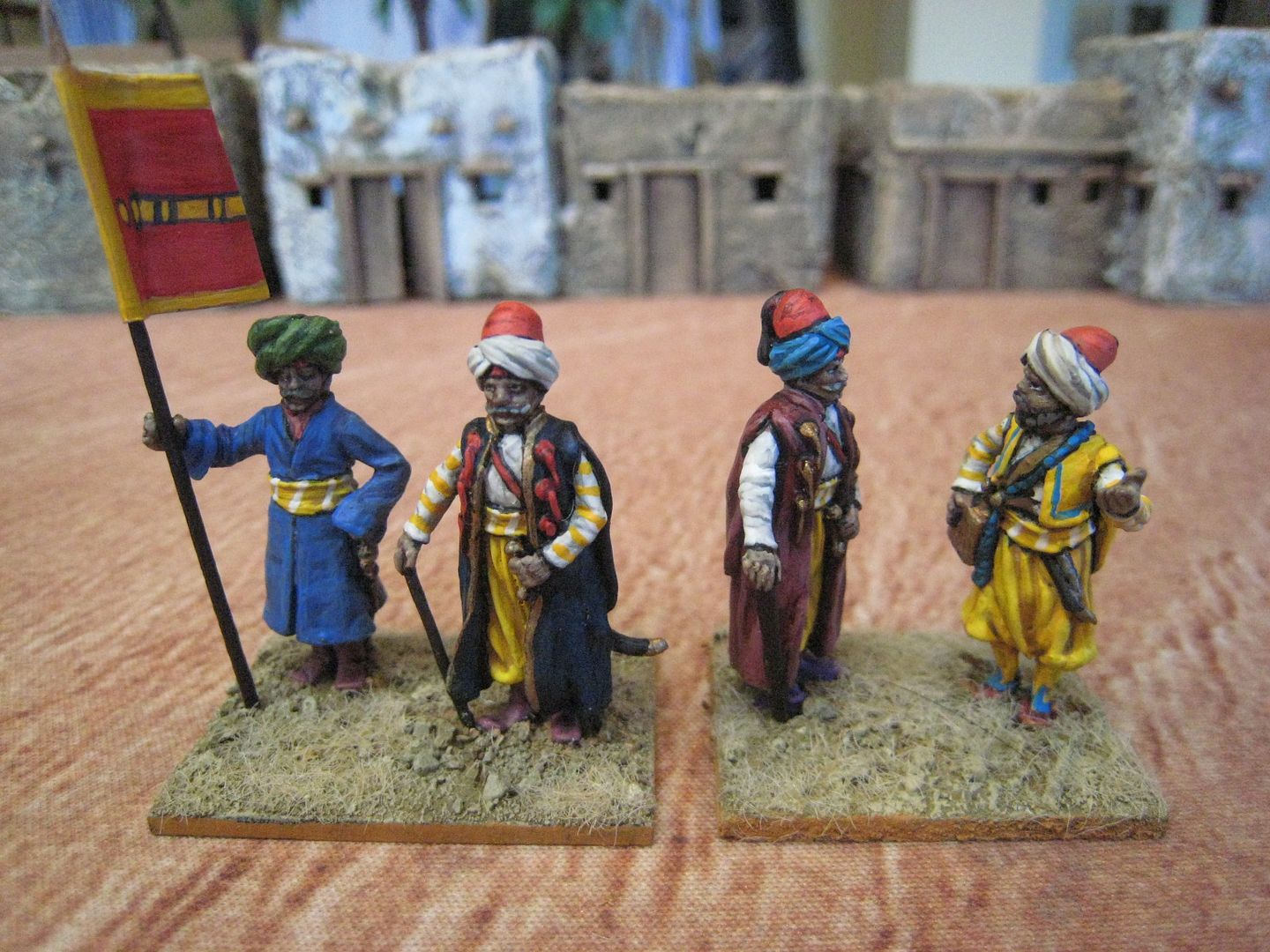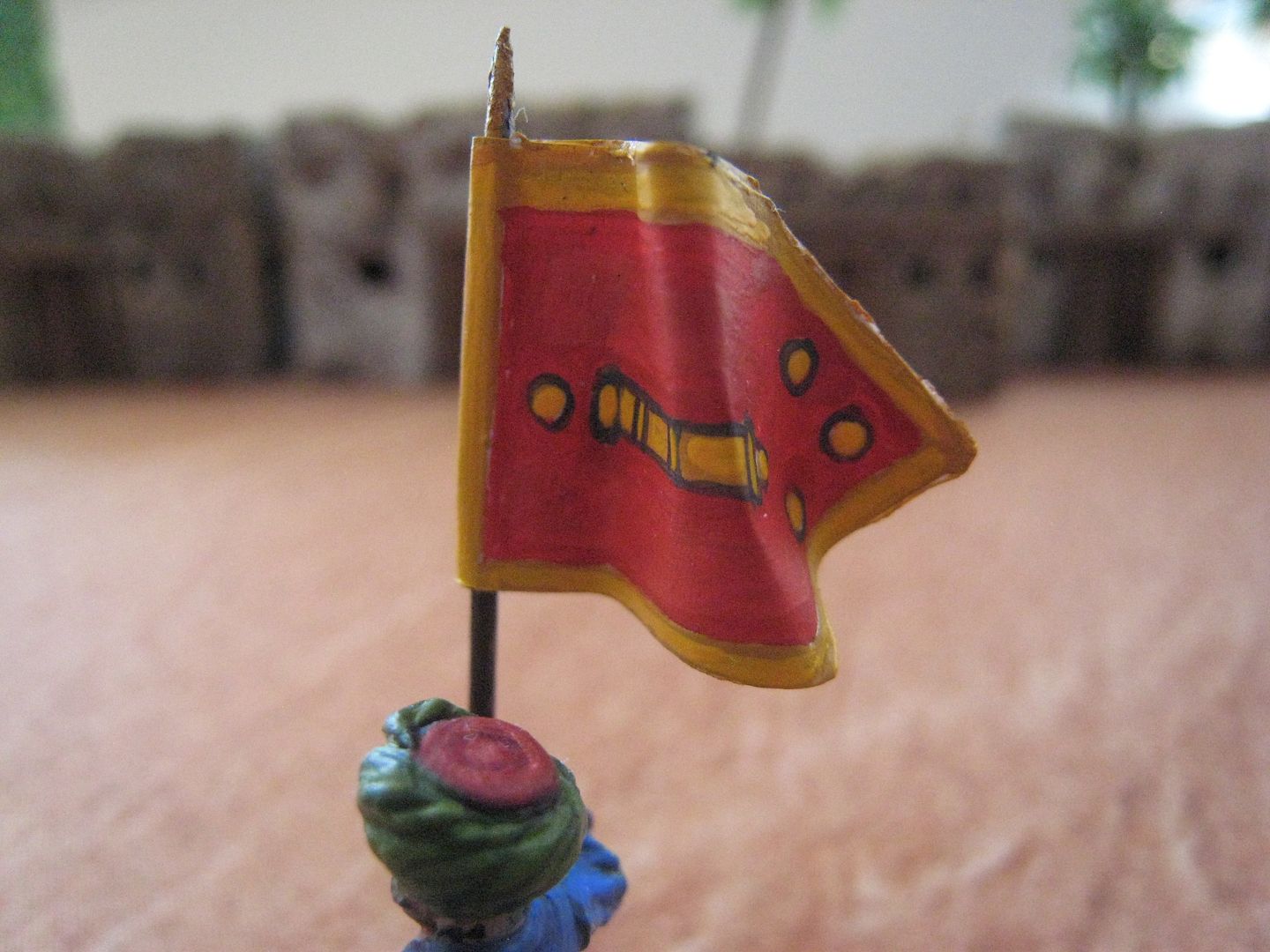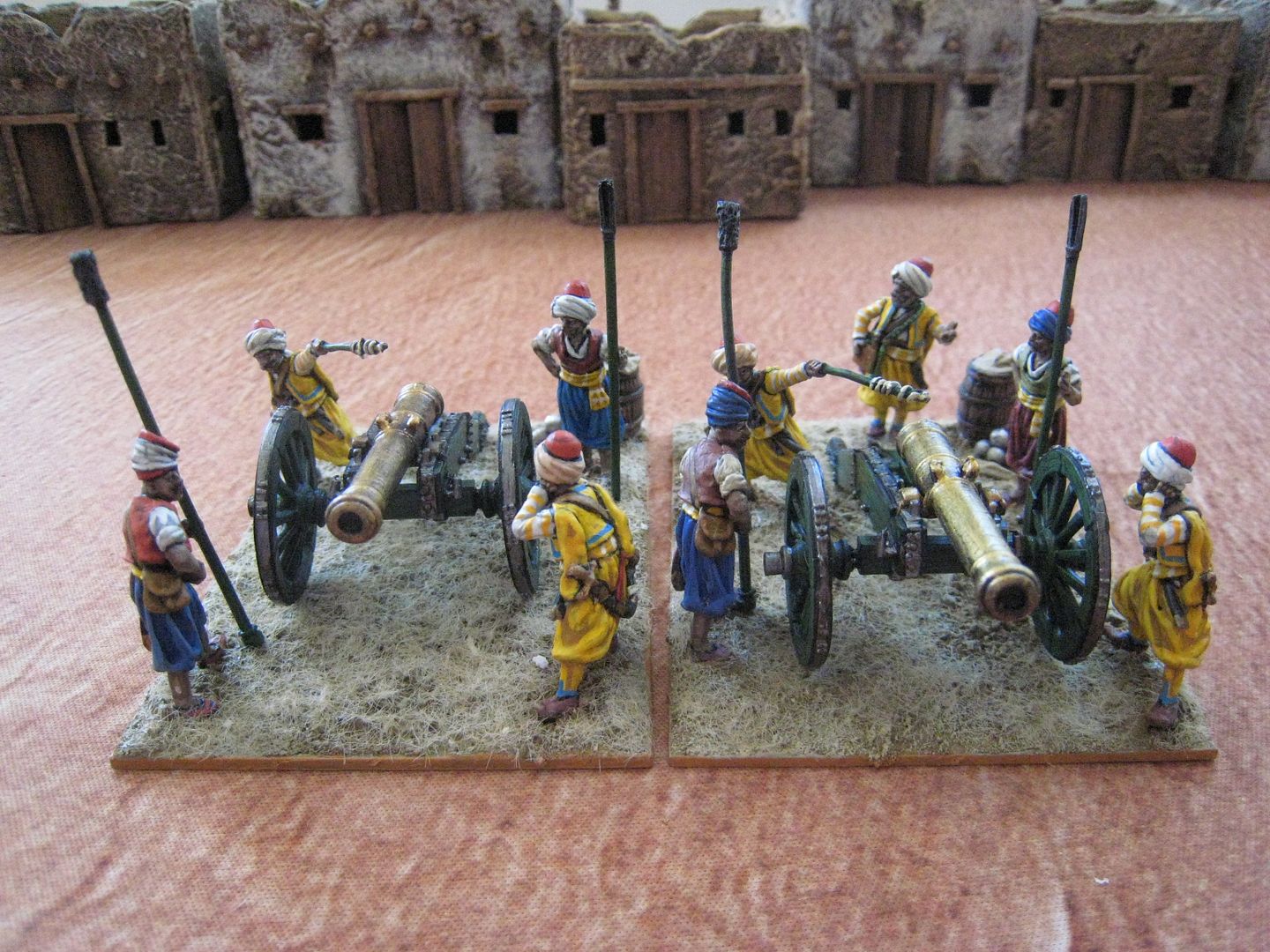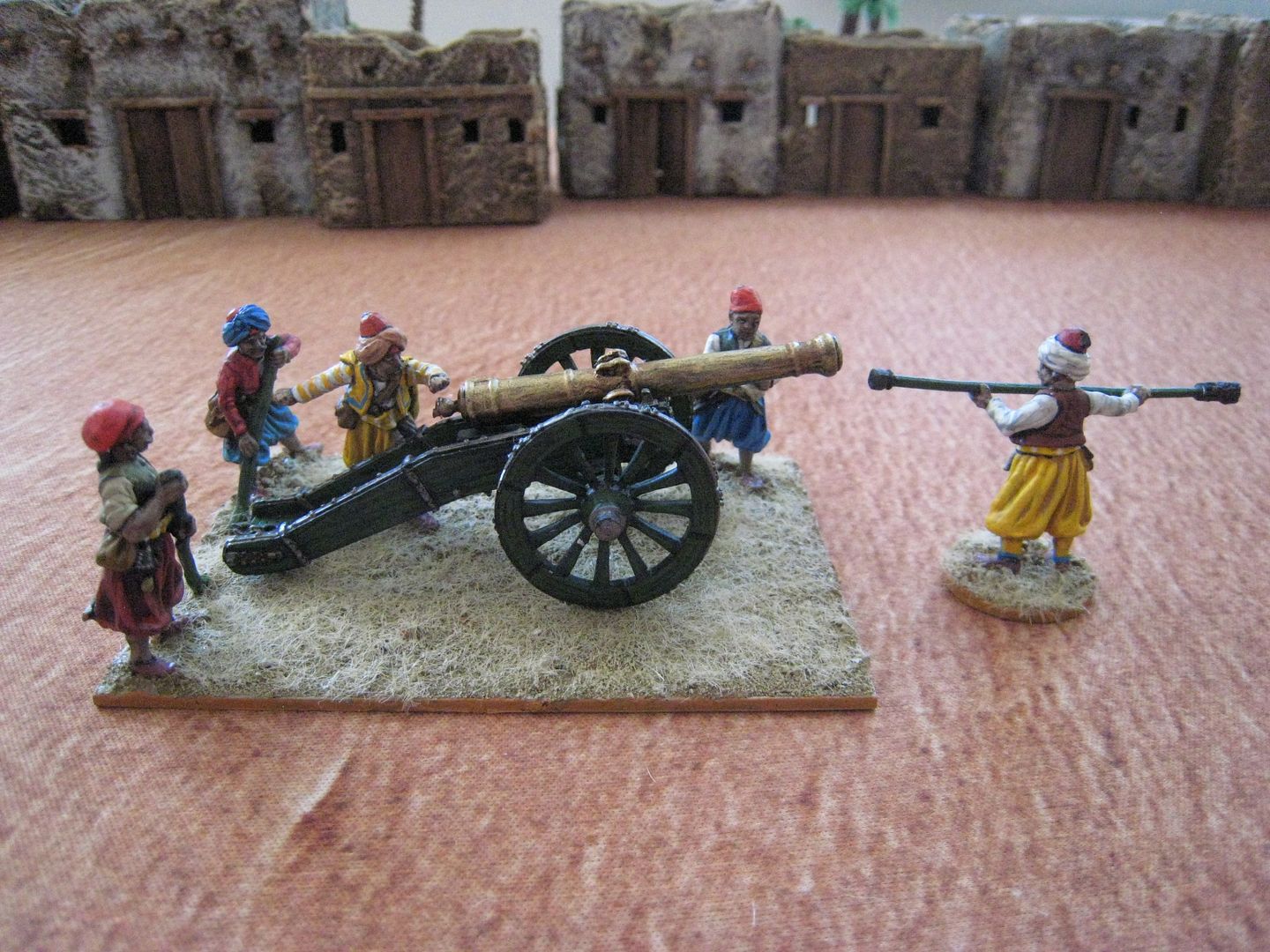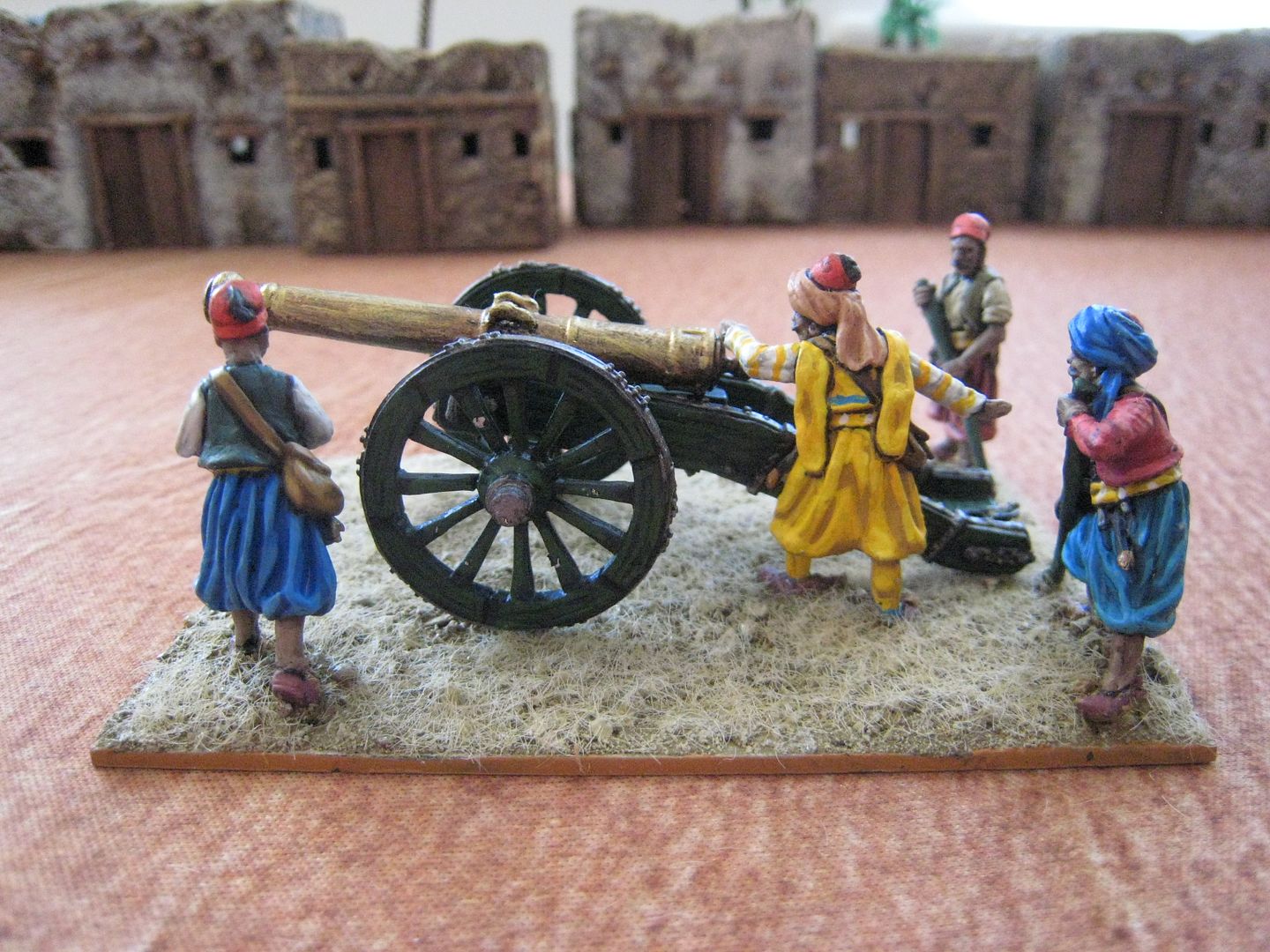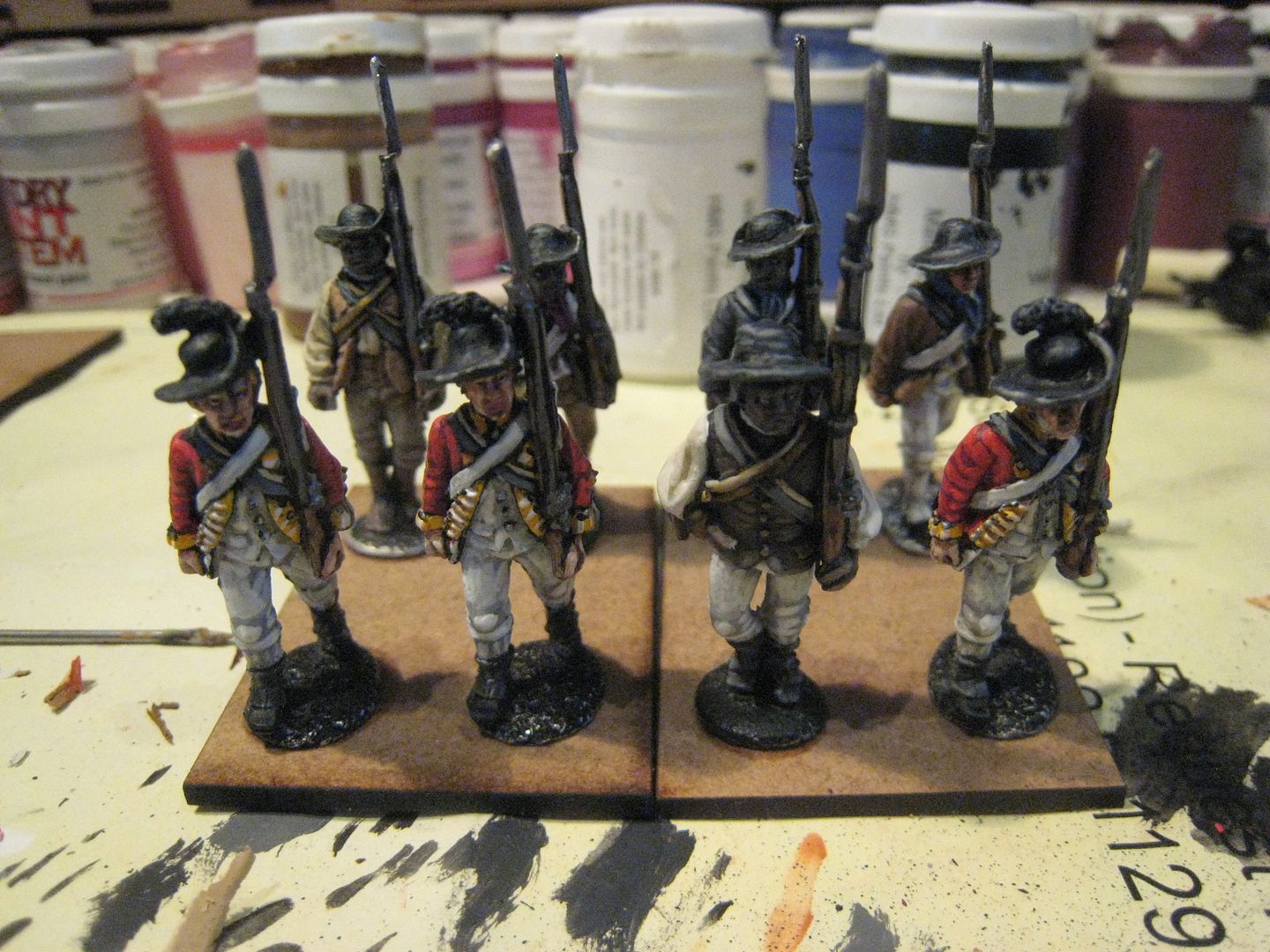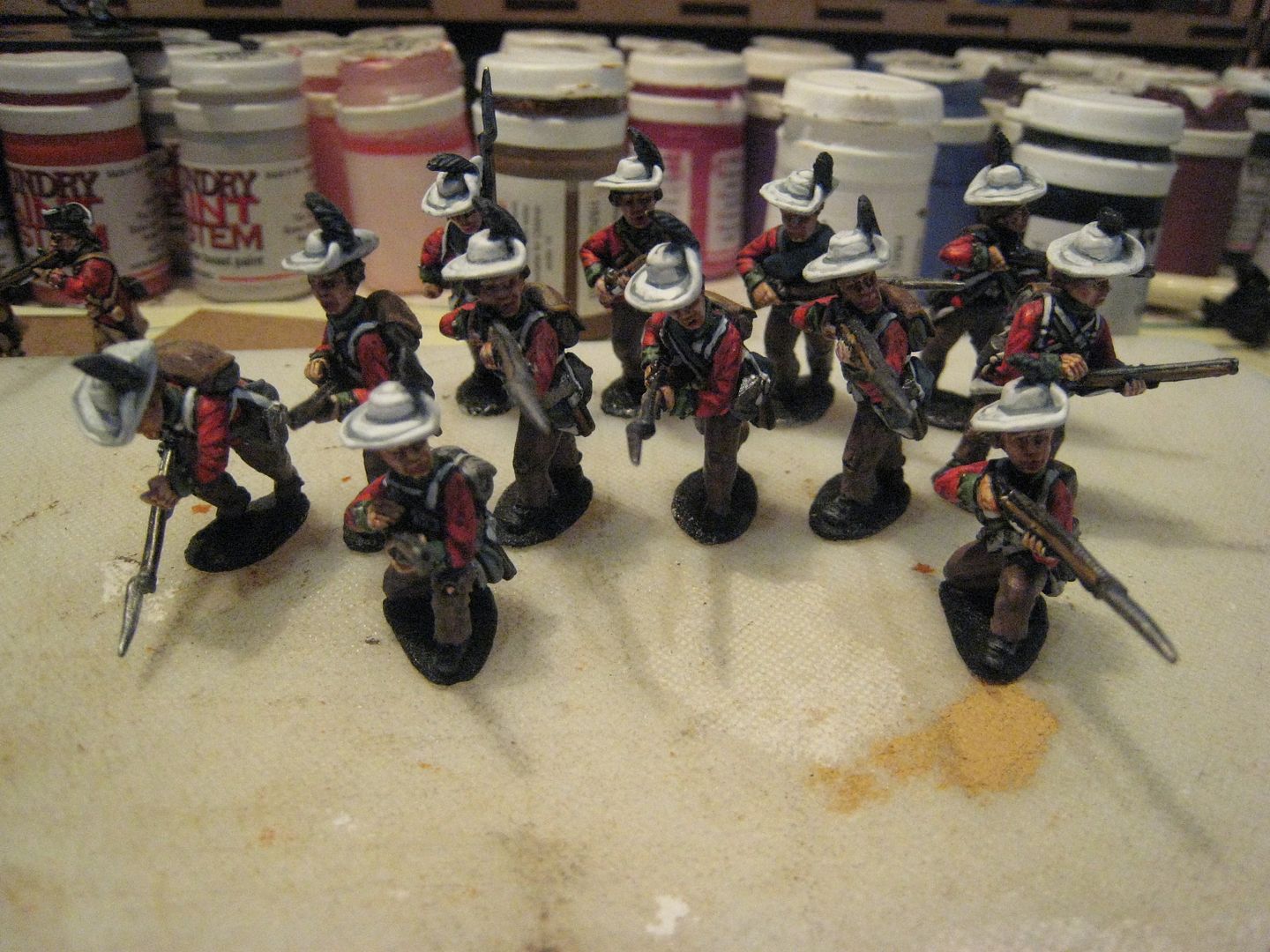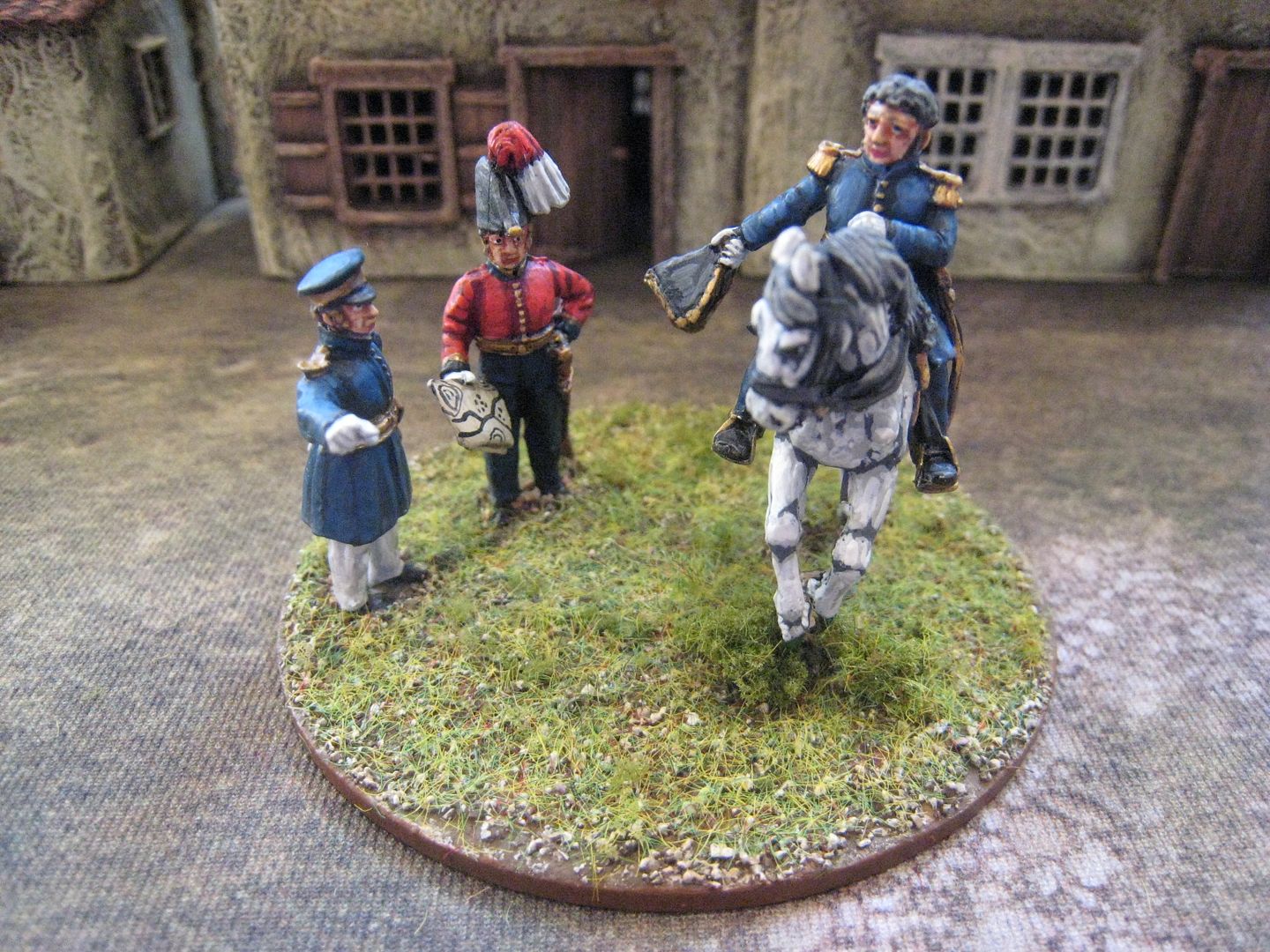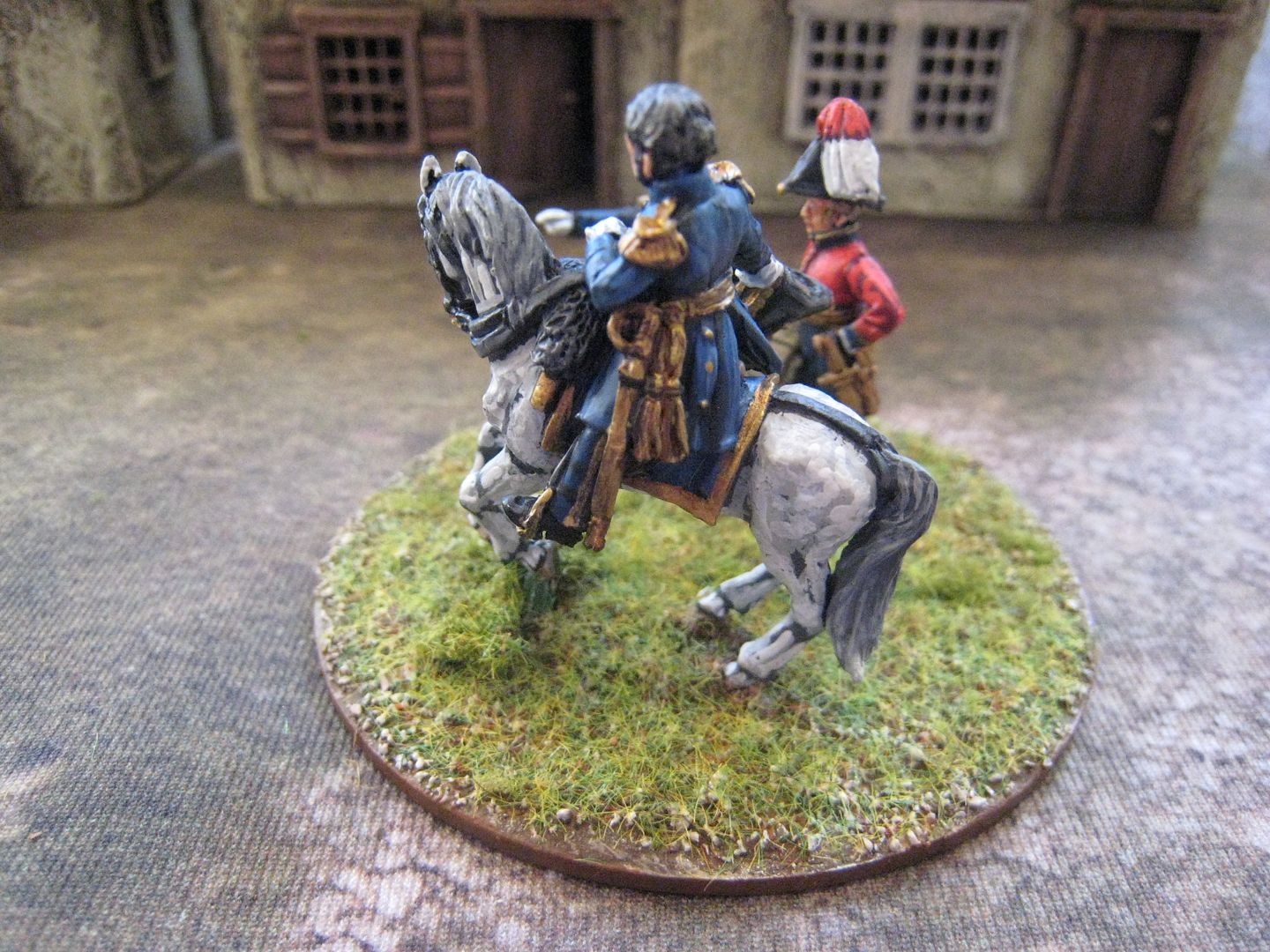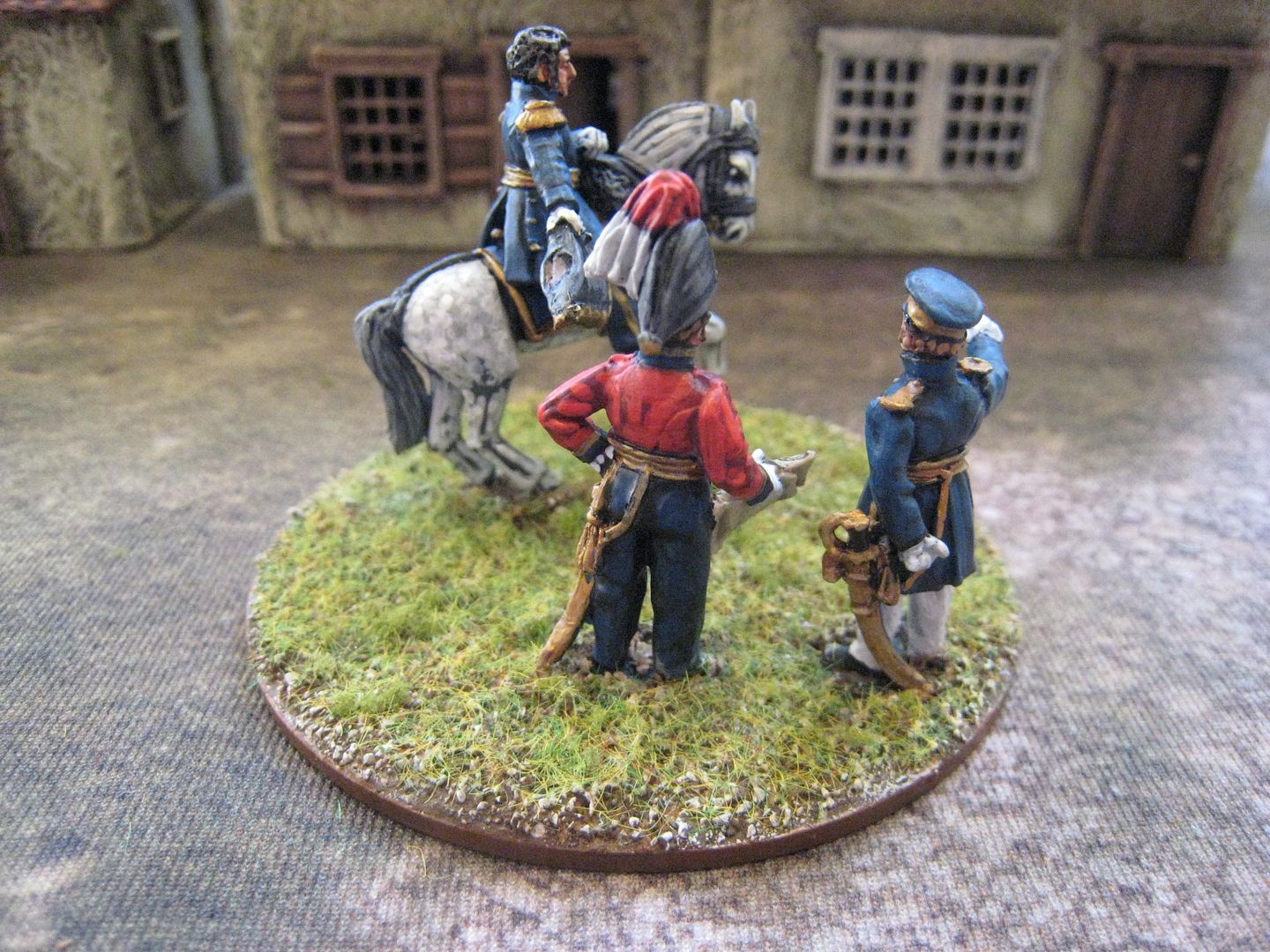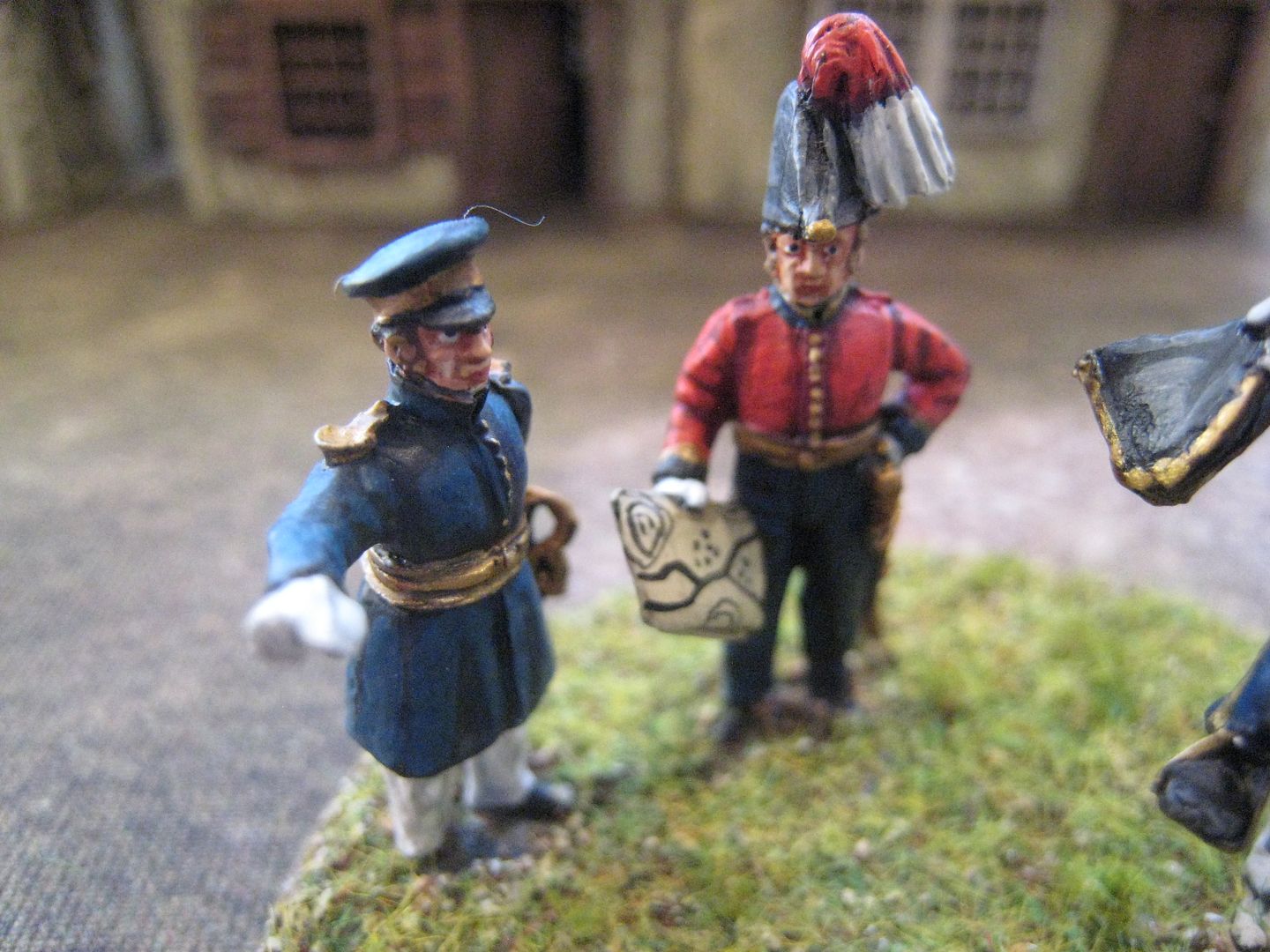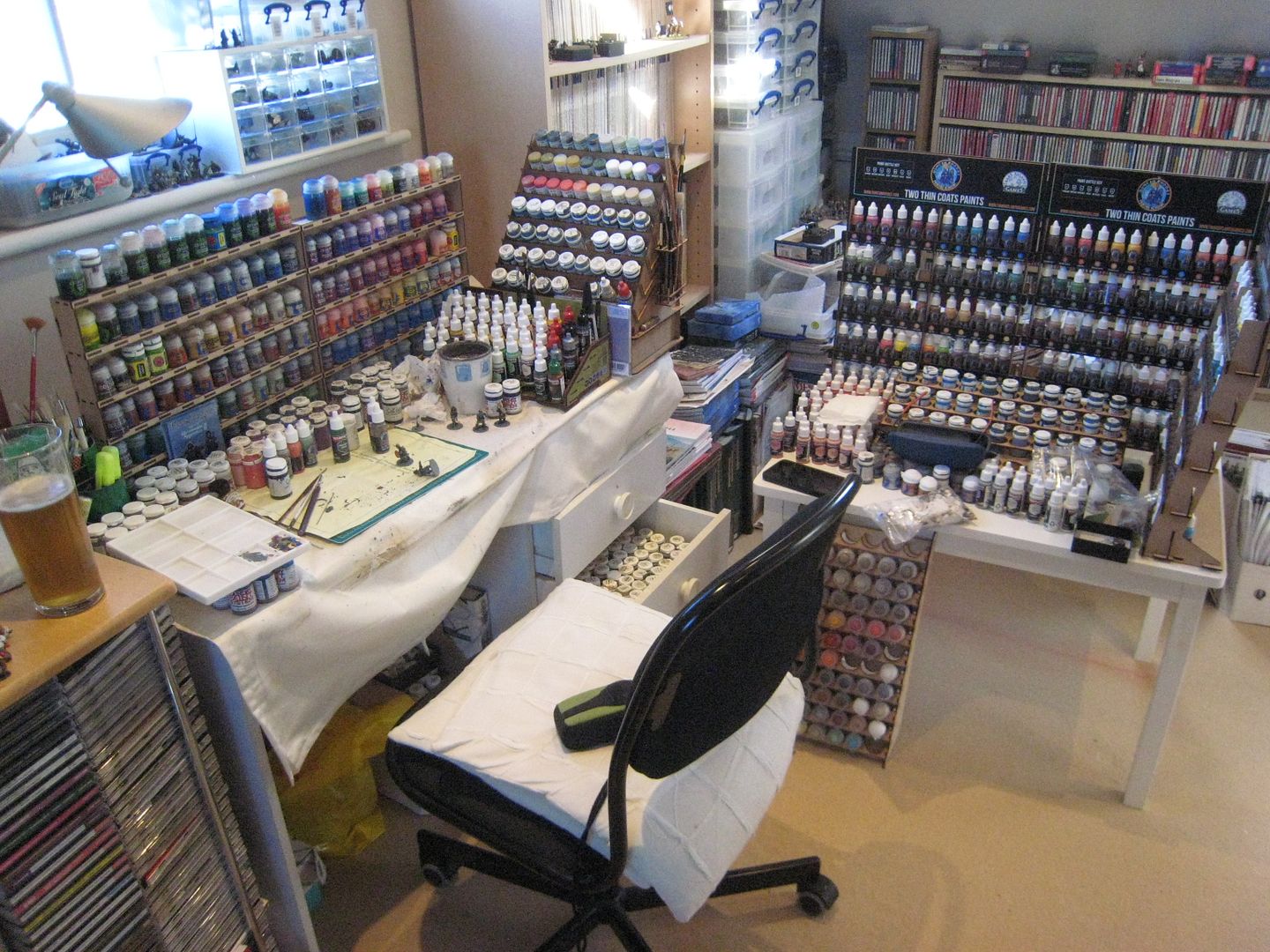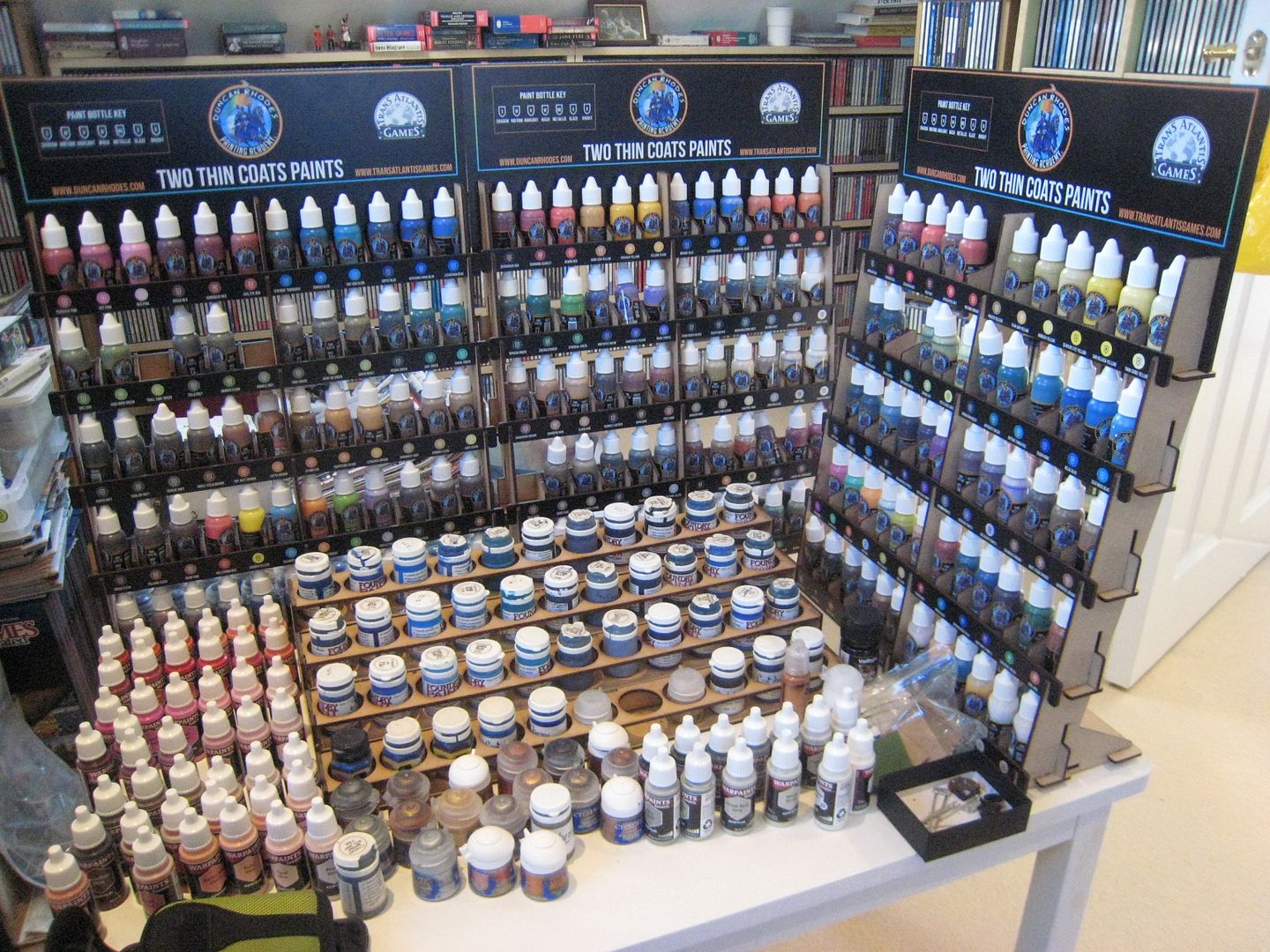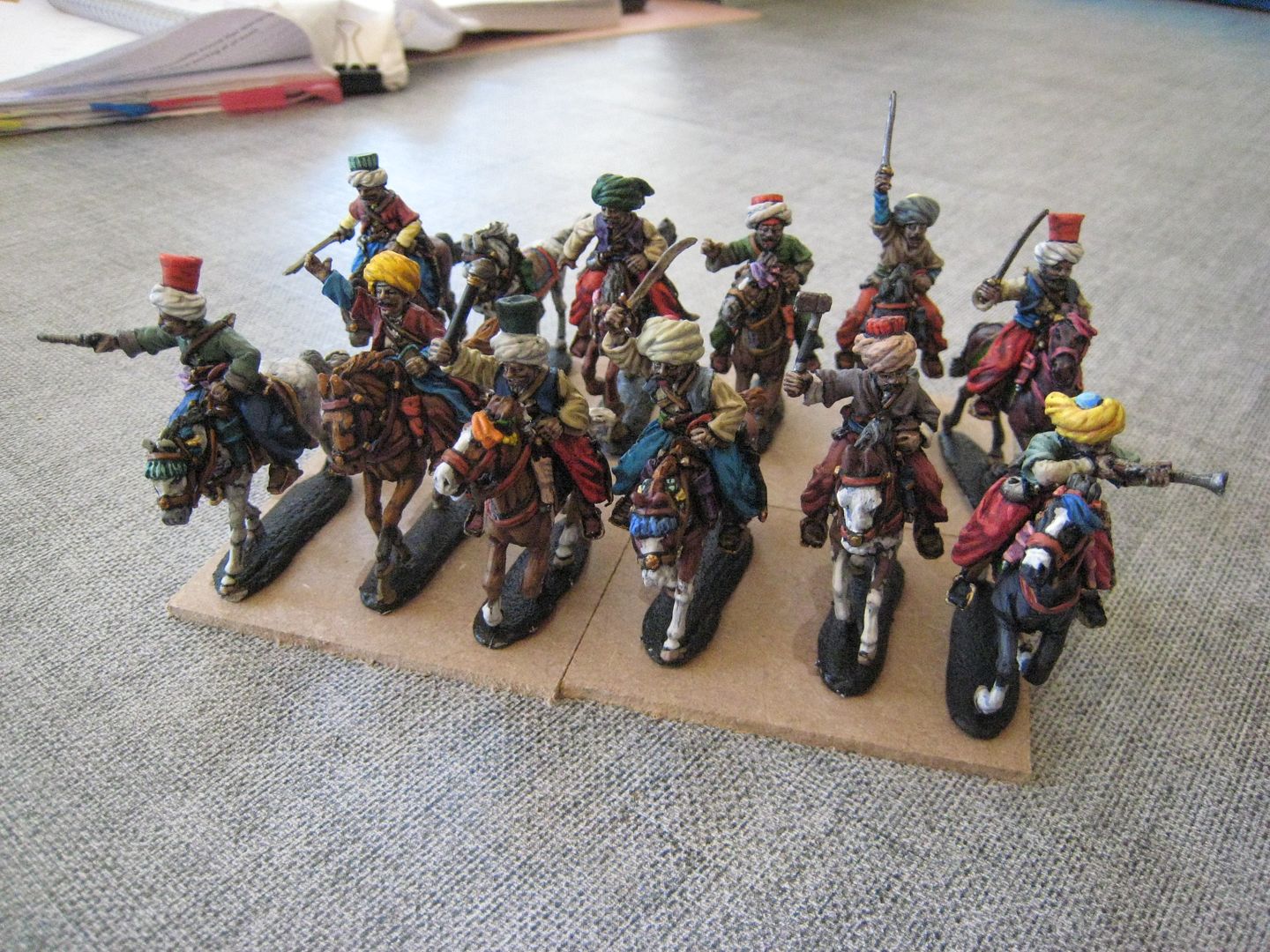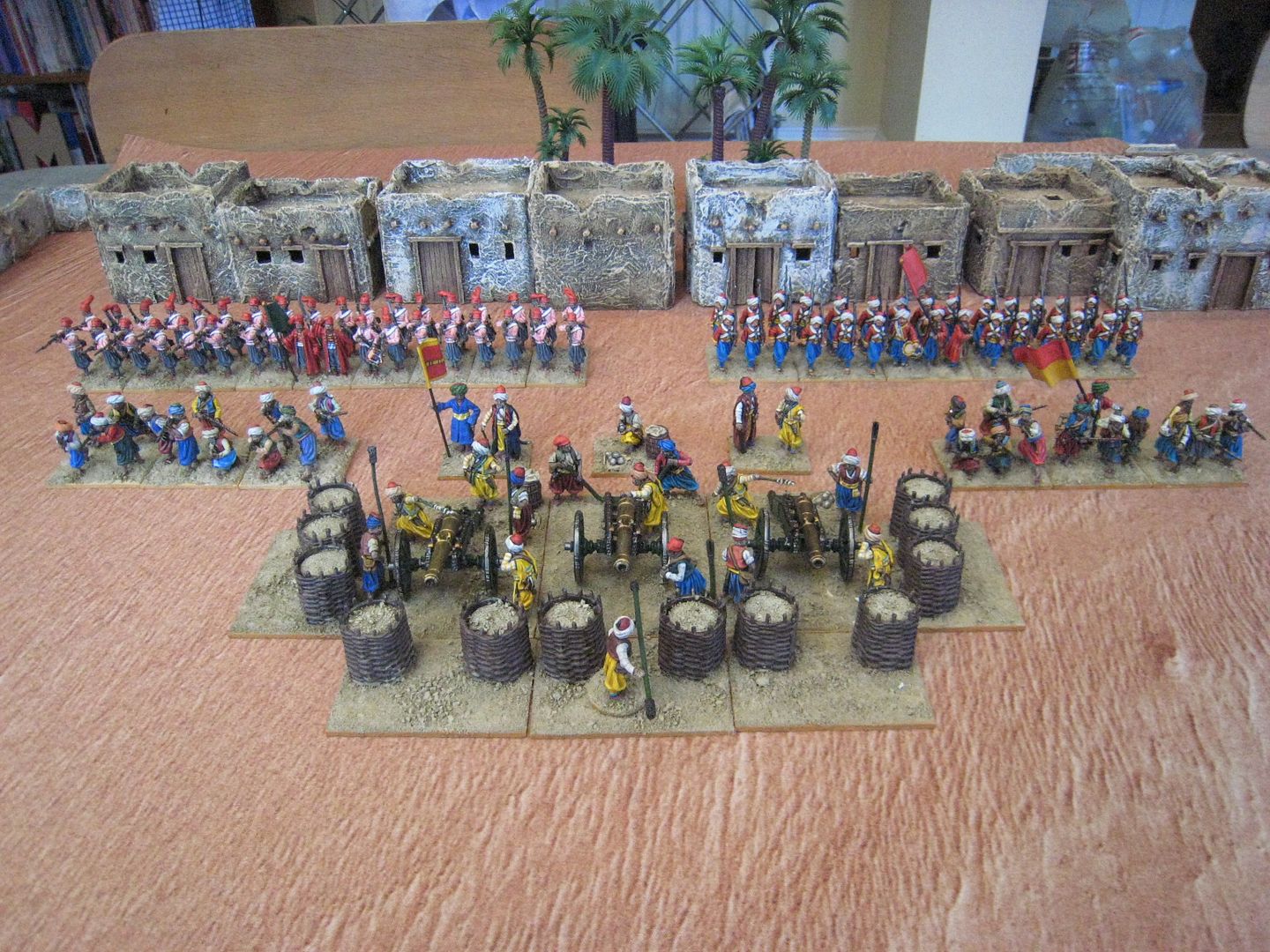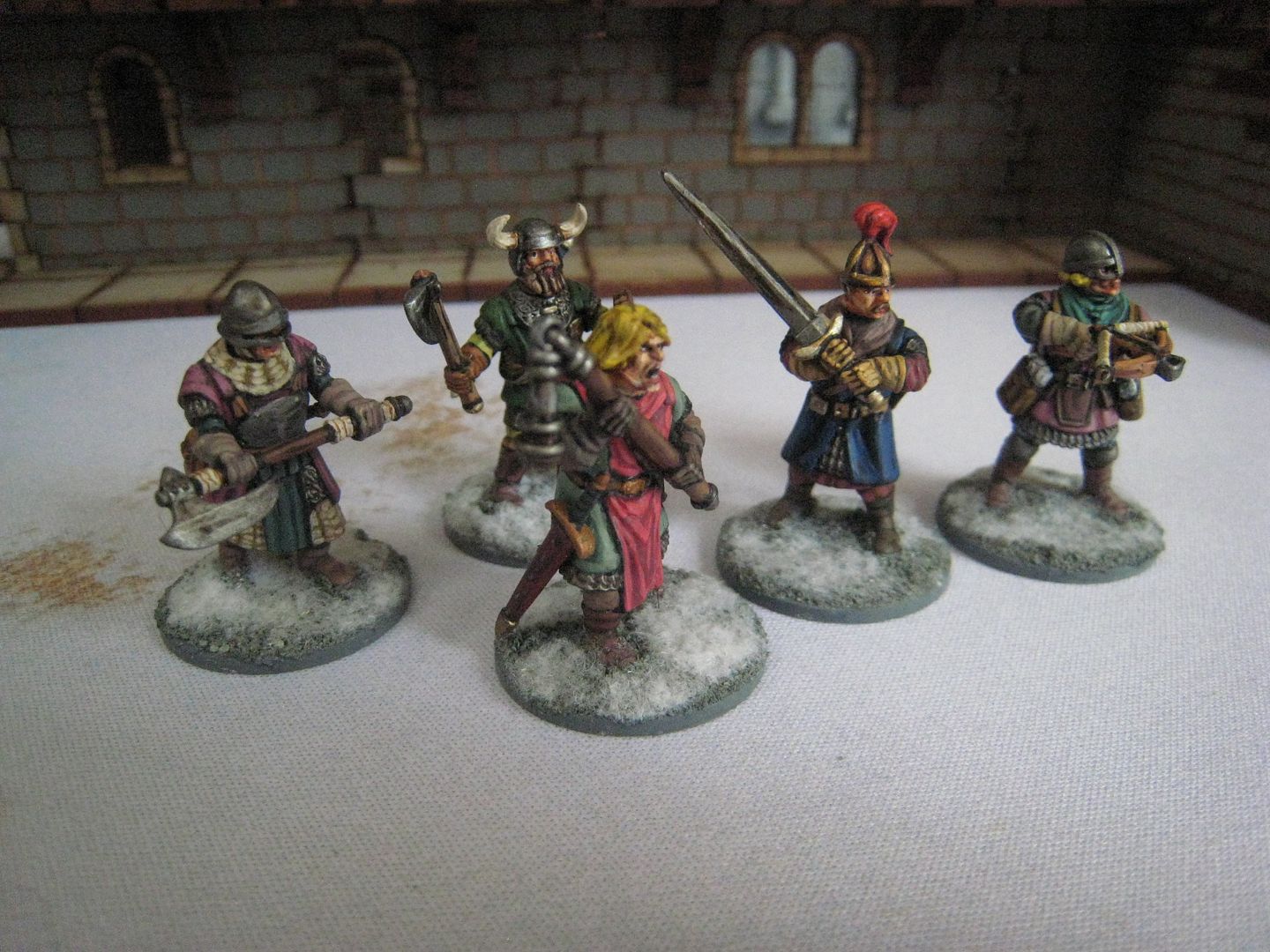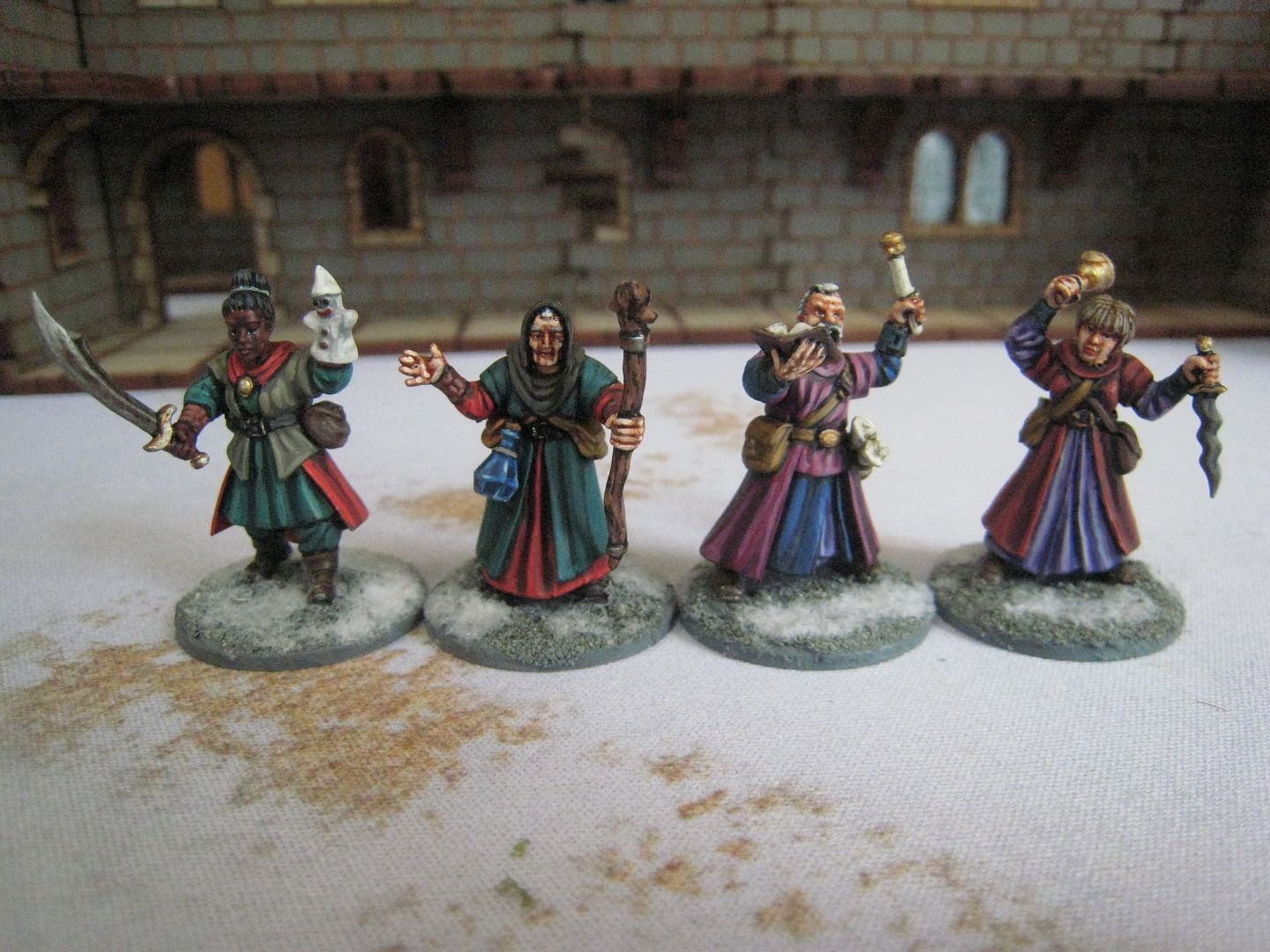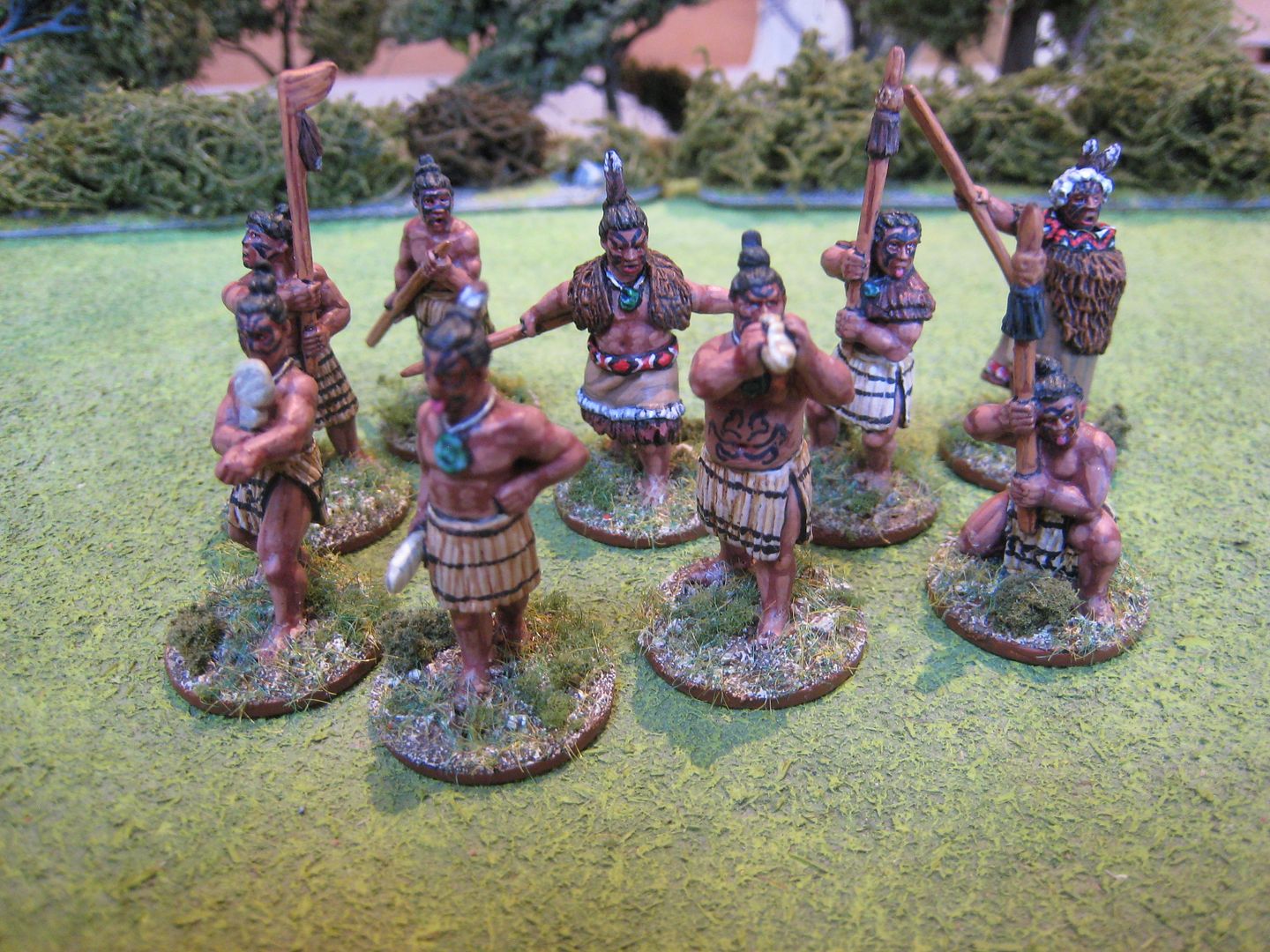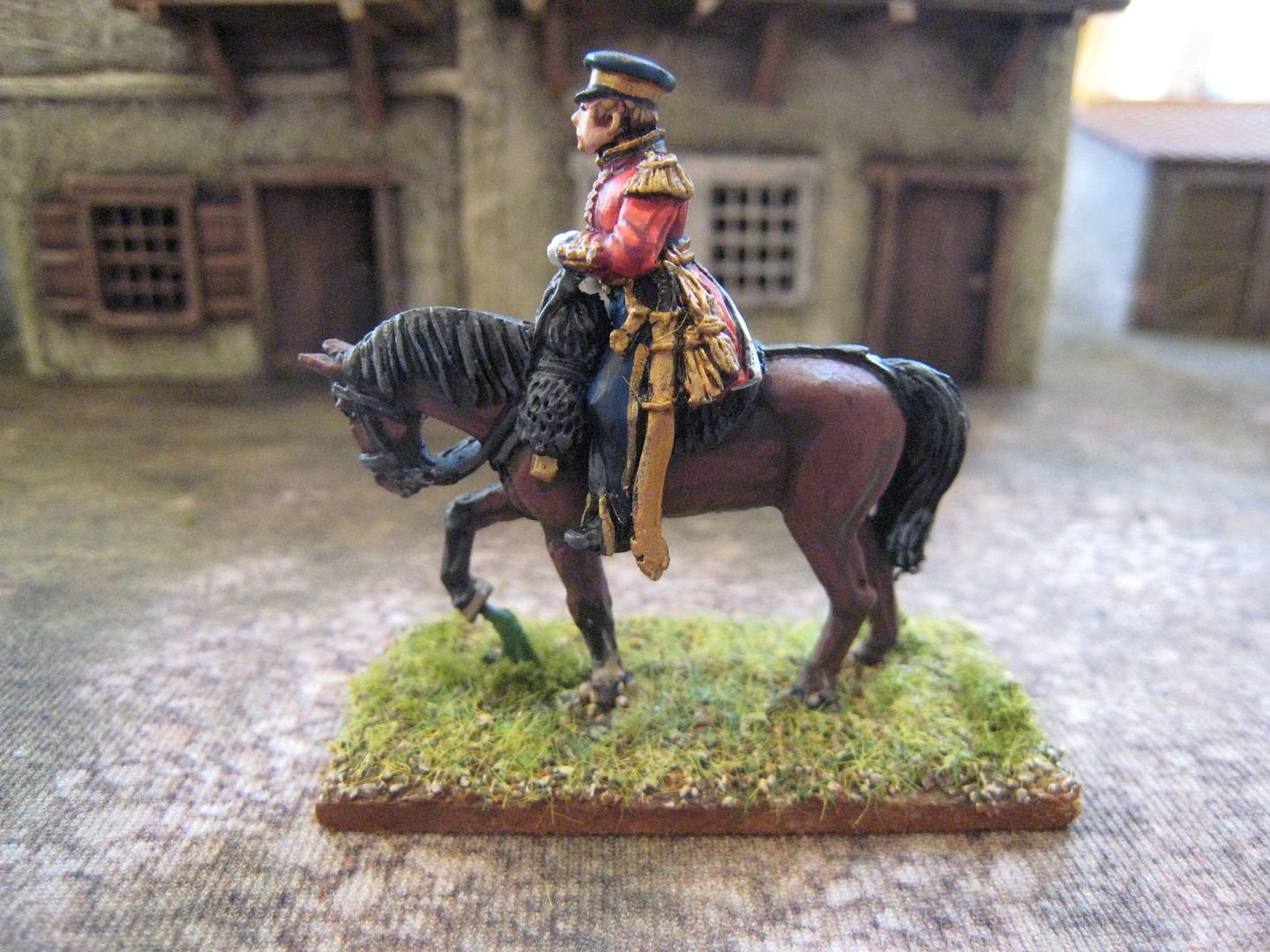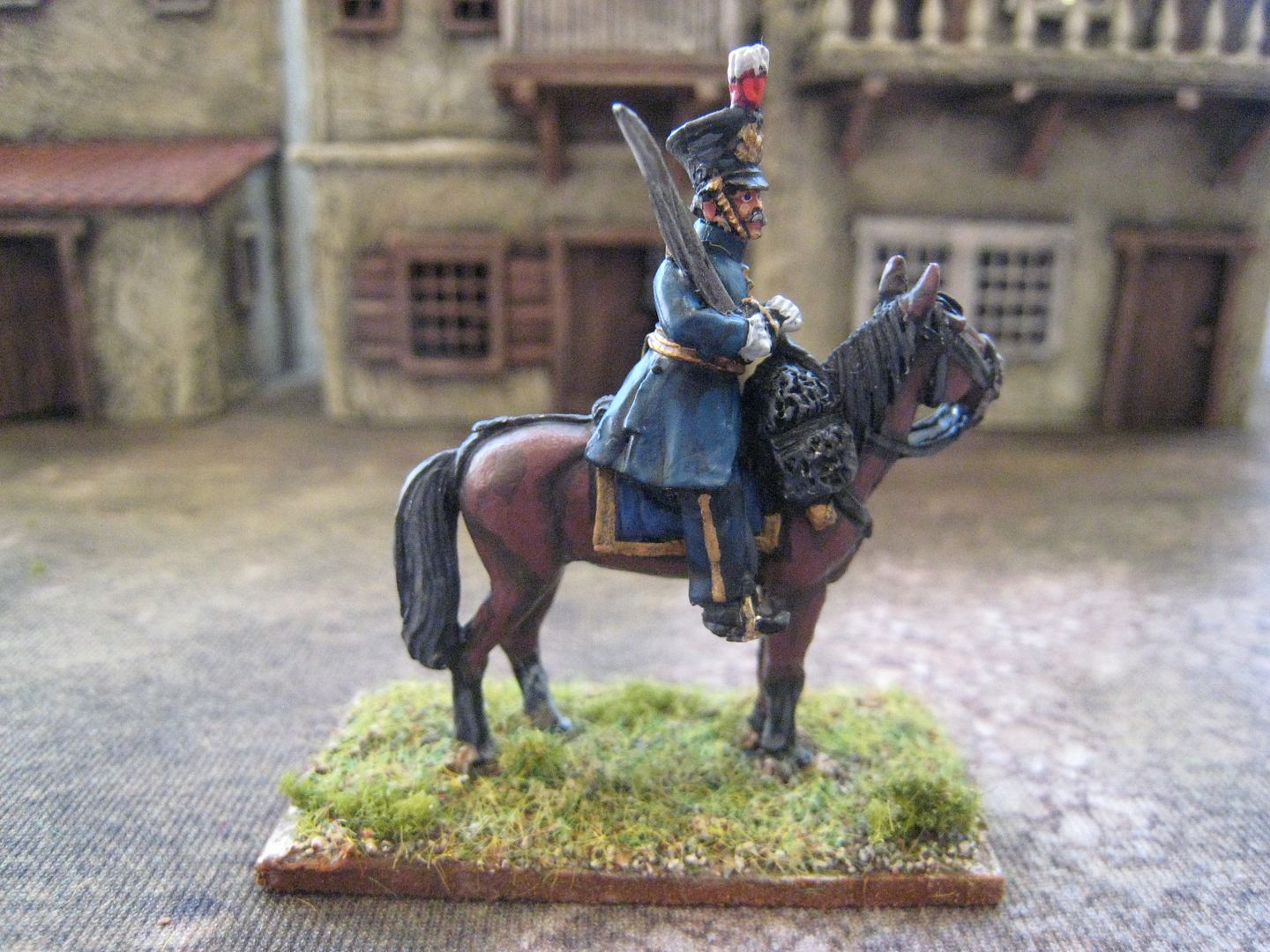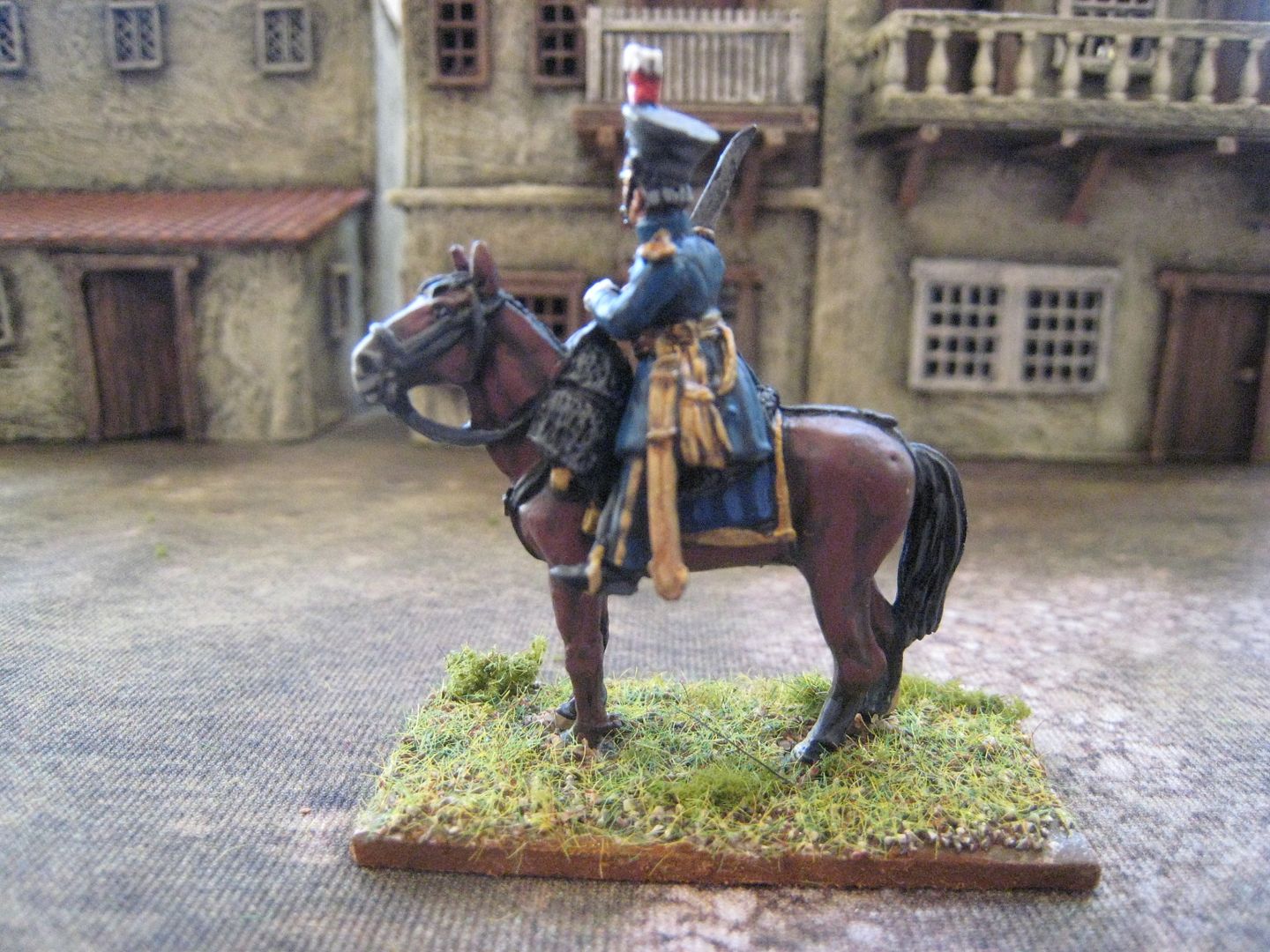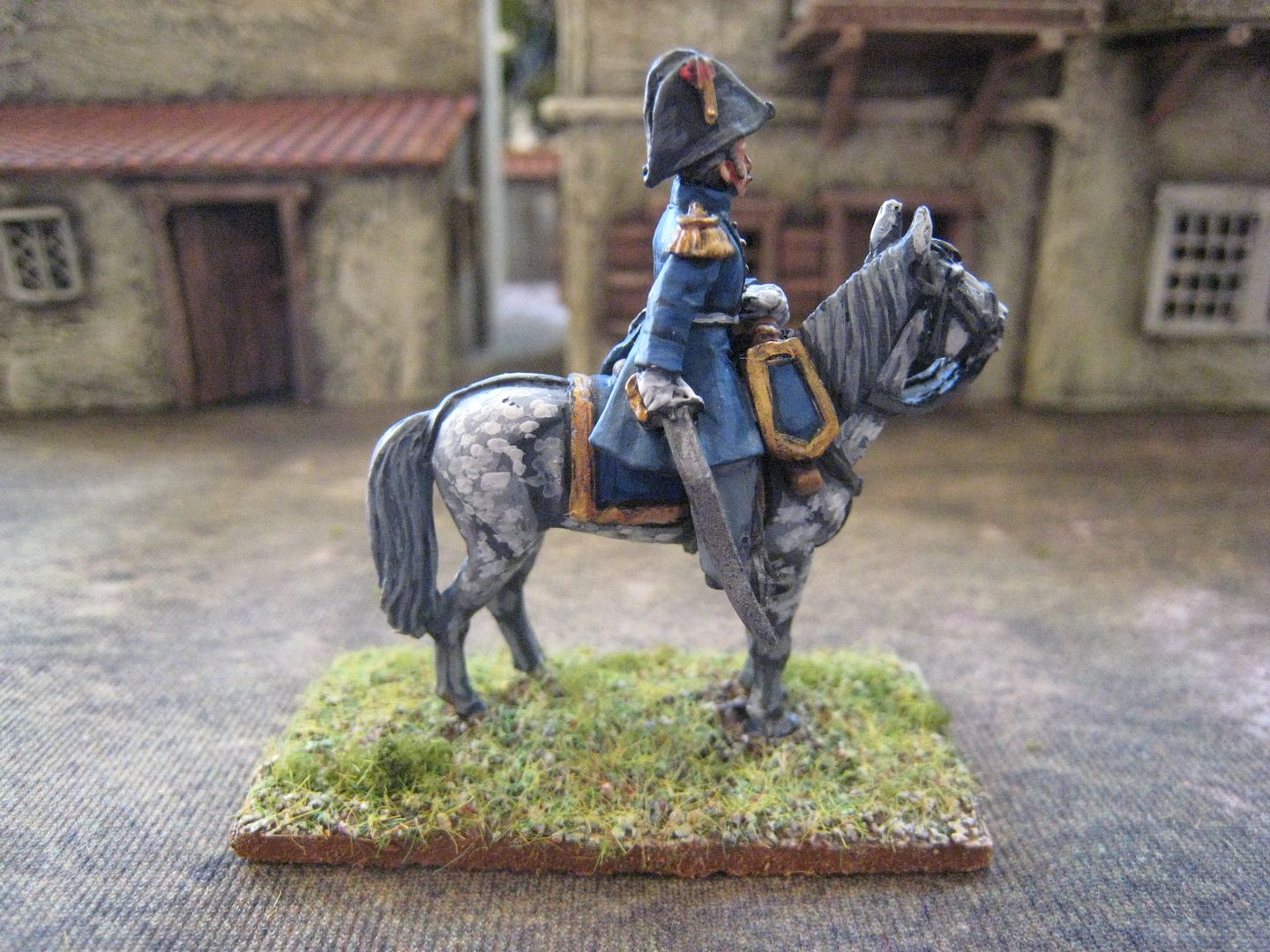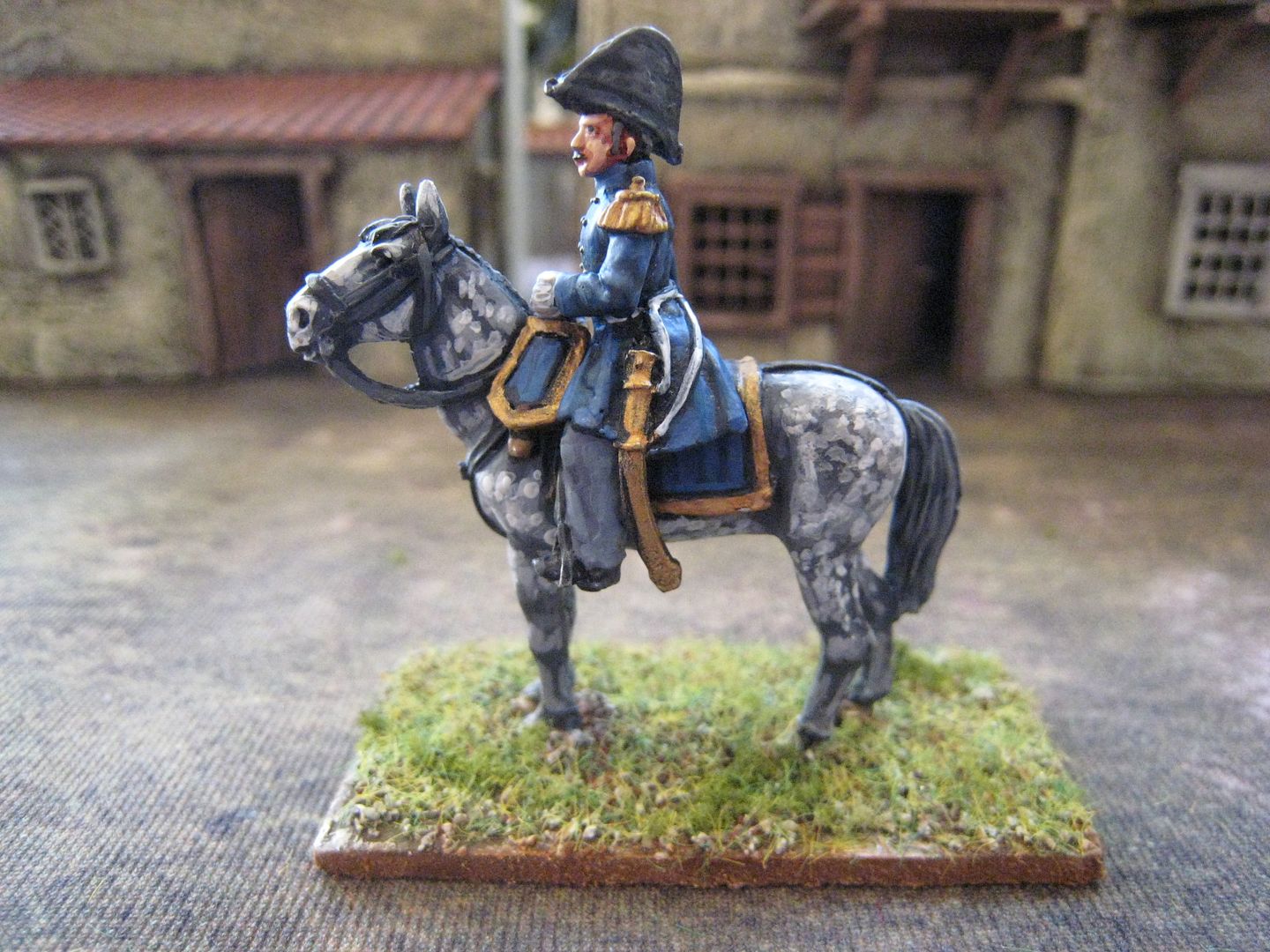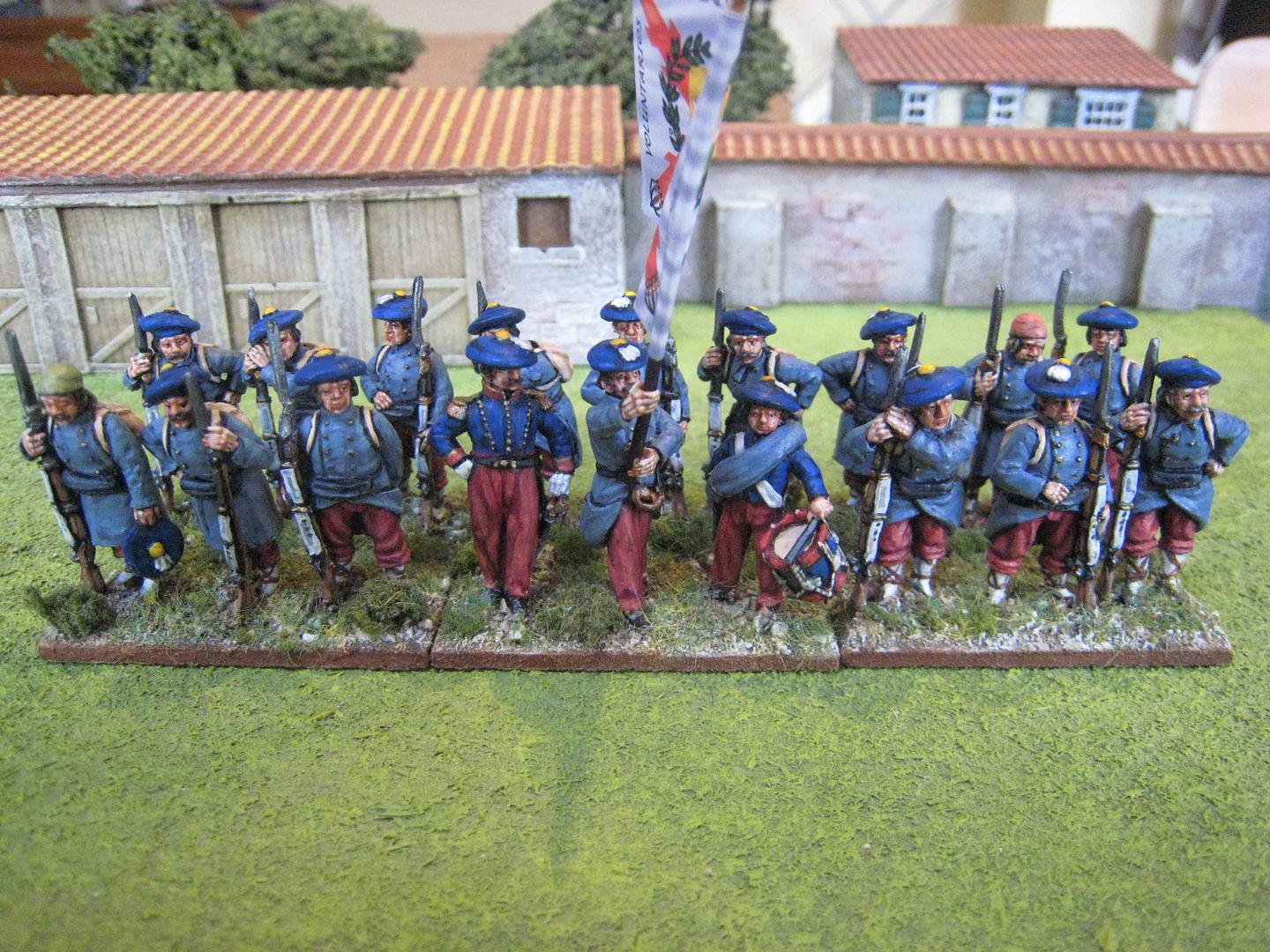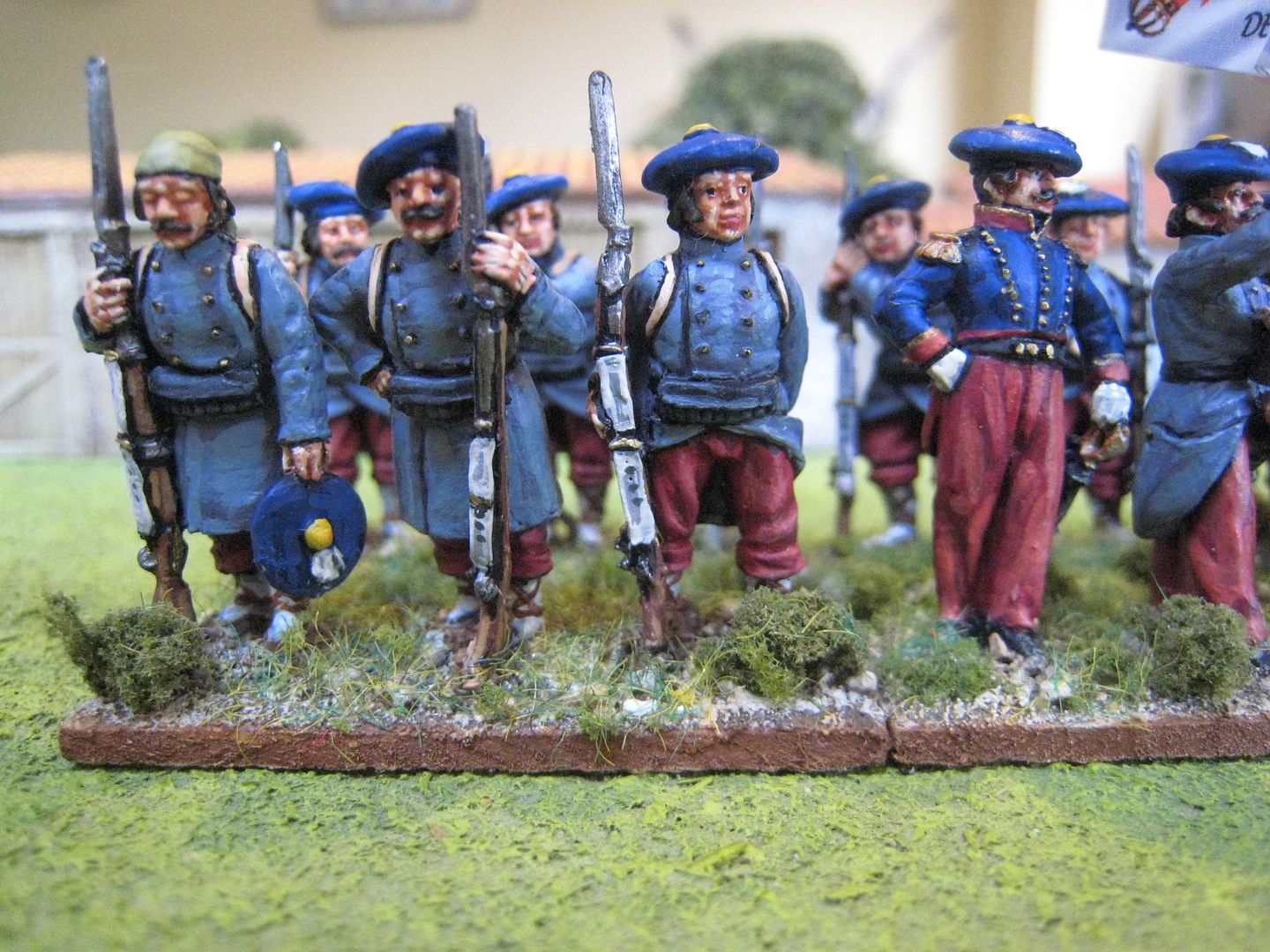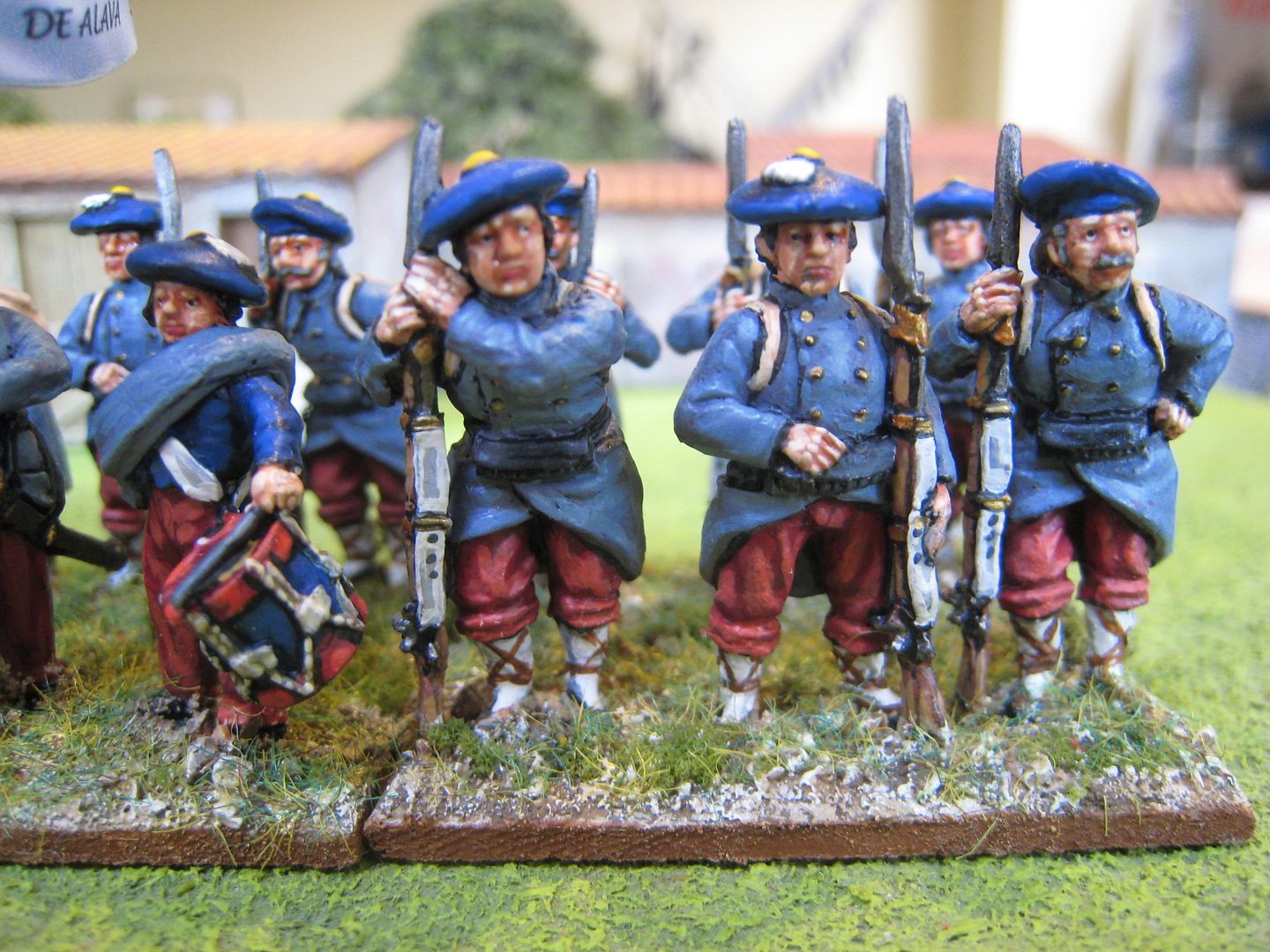I completely missed the 250th anniversary of the "short heard around the world" on 19th April. I saw excellent posts on Facebook from Jim Purky and Steve Jones, who must have more experience of AWI wargaming than most people. My own contribution to the 250th festivities is to spend much more time this year on filling gaps in my AWI collection; so I thought I might just post a couple of wip shots and set out what those plans are. Posts have continued to be delayed by a severe dose of "real life", I'm afraid.
Last month I bought a large movable storage tower in which I've placed all my AWI British line infantry. These were in a number of different boxes previously and it's good to have them all in one place. The Saratoga campaign units and the Marines are in the top drawer, and everything is then ordered by regimental number. So what I plan to do is work my way down the British orbat list and paint up what's missing. I've already started on the 3rd Foot (the "Buffs") and the 54th Foot - a pic of the former is below. Those regiments aside, there are 5 others that I don't have at all: 22nd, 26th, 37th, 64th and 80th (the 37th and 64th are useful units to have as they appear in a number of scenarios; the others are mostly "one hit wonders"). Then there are existing units which I need to increase to bring them up to strength for scenarios that were published after I'd finished them - the last time I undertook this exercise was in 2016! That largely dealt with units in full warrant dress; the next batch of reinforcements will be in cut-down coats and slouch hats, although first on the list is to finish off the King's Royal Regiment of New York. This is one of those units that is split into "wings" for the relevant scenario (like the Buffs at Eutaw Springs and the 76th Foot at Petersburg). I also found some random figures from various packs that I can use for the South Carolina Loyalists (see pic at the top of this post).
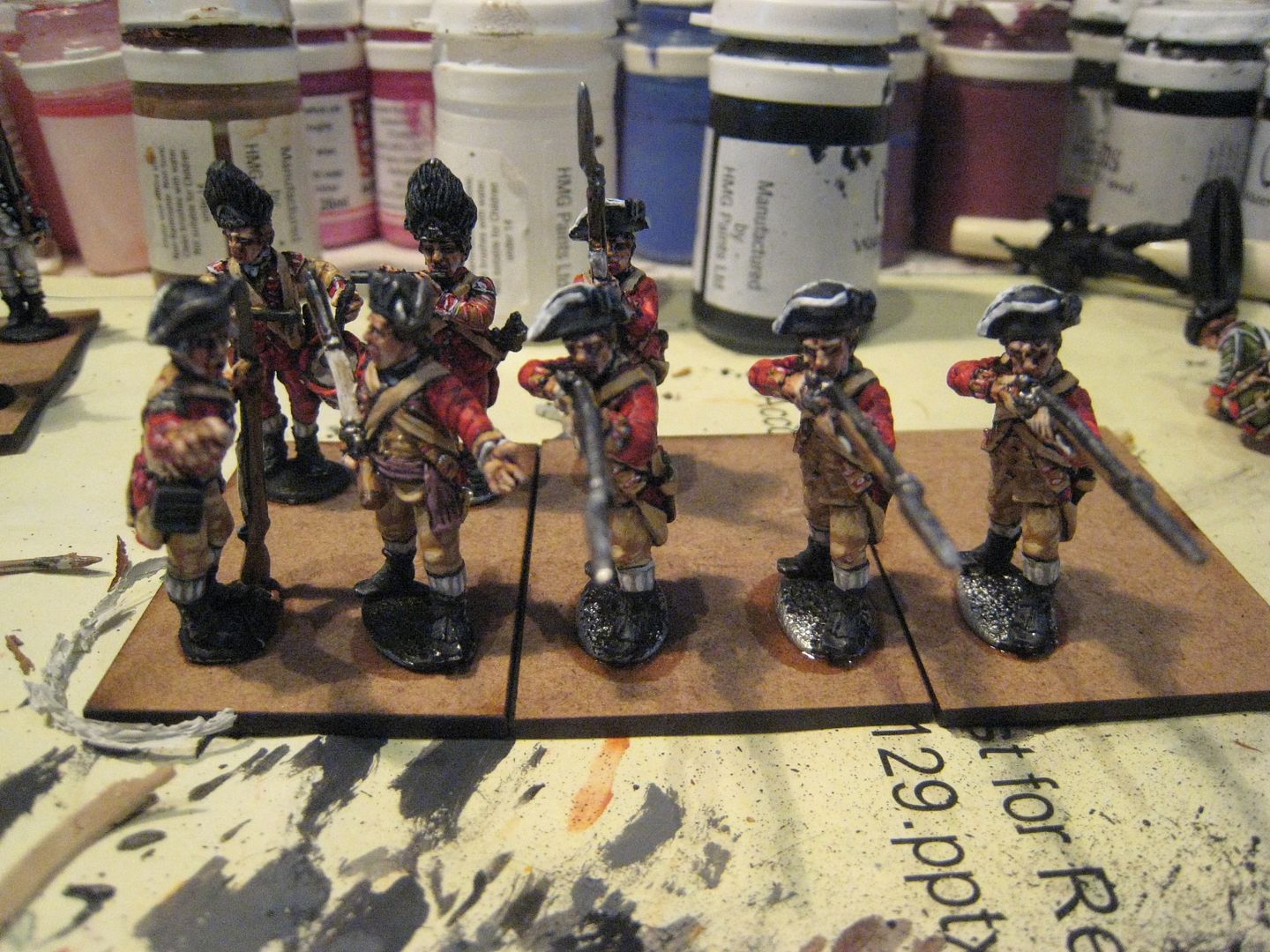
The Buffs
I'm not sure I'll be able to get all of this done by the end of the year, but I'm very much feeling the AWI vibe again and so it's seem worth a try. A bit of sprucing up is probably in order as well - I noticed a lot of my GMB flags have faded badly. However, as I go along I will include earlier regiments that I never blogged about and I might get each batch of regiments out for a parade.
Finally, I've just taken delivery of another large order from Brigade Games; this includes Hessian jaegers, both mounted and on foot, and some Continentals and militia. I'll try to get those done this year as well. I've also been meaning to post about de Lancey's brigade, which I am (very slowly) painting for my US friend Bill Nevins using his own King's Mountain Miniatures. I'll post about this shortly, as some family research that my father and I did last year suggested that one branch of the Allison family in New England consisted of loyalists, at least one of whom may have fought with de Lancey's. Some finished figures are in the photo below.
I've been delayed by the fact the kitchen is being redone and I've been banned from doing an "soldier stuff" for the past 5 weeks; and the reality is I don't have anywhere else to spread out to do my basing. Anyway, I might post about some more fantasy stuff before getting back into the historicals.
